This delicious vegan buttercream is fluffy, creamy, easy to use, and pipes beautifully! It is all you could want in a buttercream frosting! It is very easy to make, so don’t be concerned about the number of photos. I am showing every little step so you can see exactly how to make perfect buttercream every time, but it should take you less than 15 minutes to make. Here are the ingredients you will need:
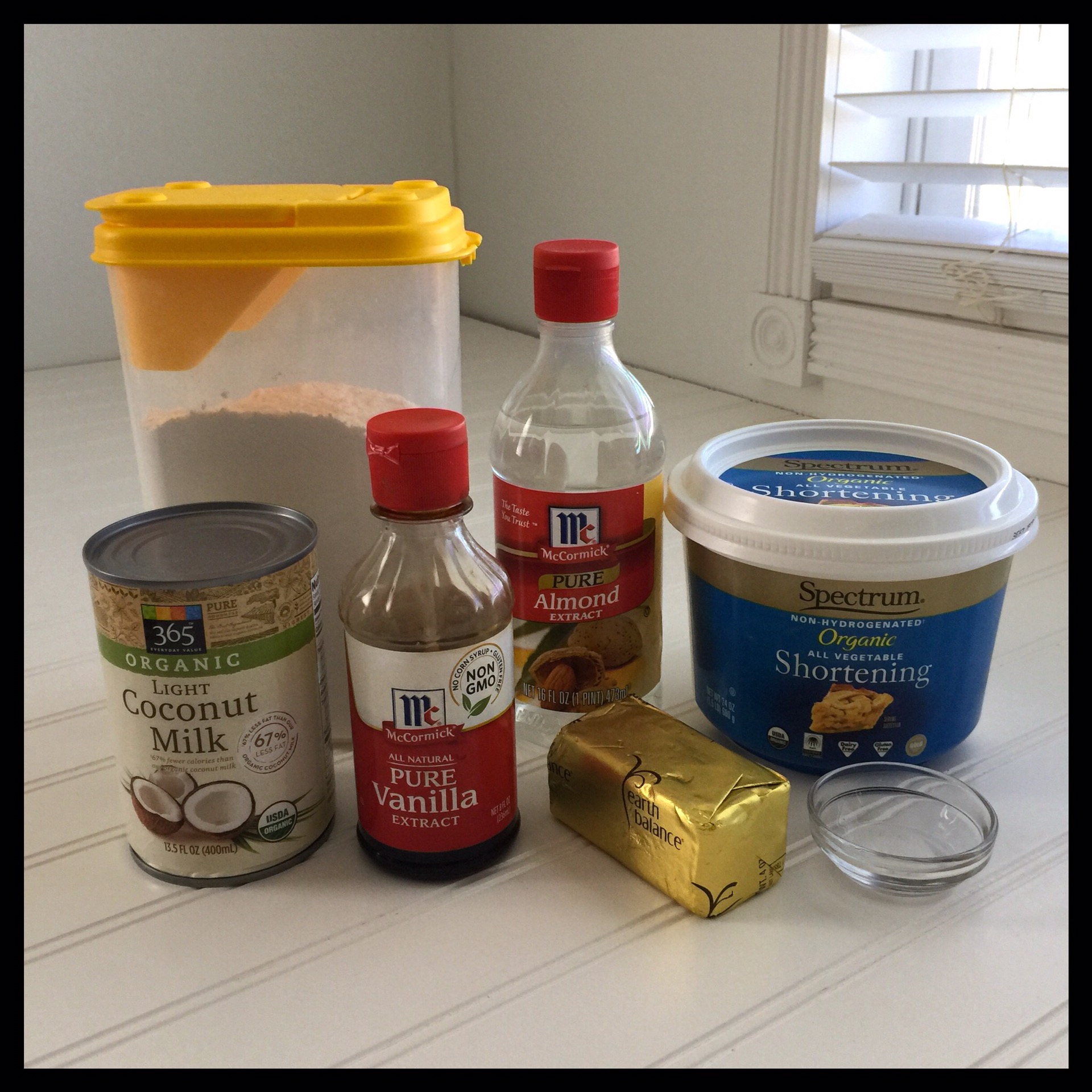
Using half shortening and half vegan butter gives the best texture without compromising the flavor. Buttercream with all shortening has a greasy texture and doesn’t taste as nice. Buttercream with all vegan butter will not be stable at temperatures above 73 degrees, especially if you use spread from a tub and not the sticks. For the best results, use half Earth Balance Buttery Sticks and half shortening. Next best is all Buttery Sticks, and then all Buttery Spread. I do not recommend all shortening unless you need the frosting to be stable above 76 degrees. (See the recipe notes for recipe adjustments if you are using all vegan butter or all shortening.) Earth Balance Buttery Sticks come in both original and soy free versions and both work well:
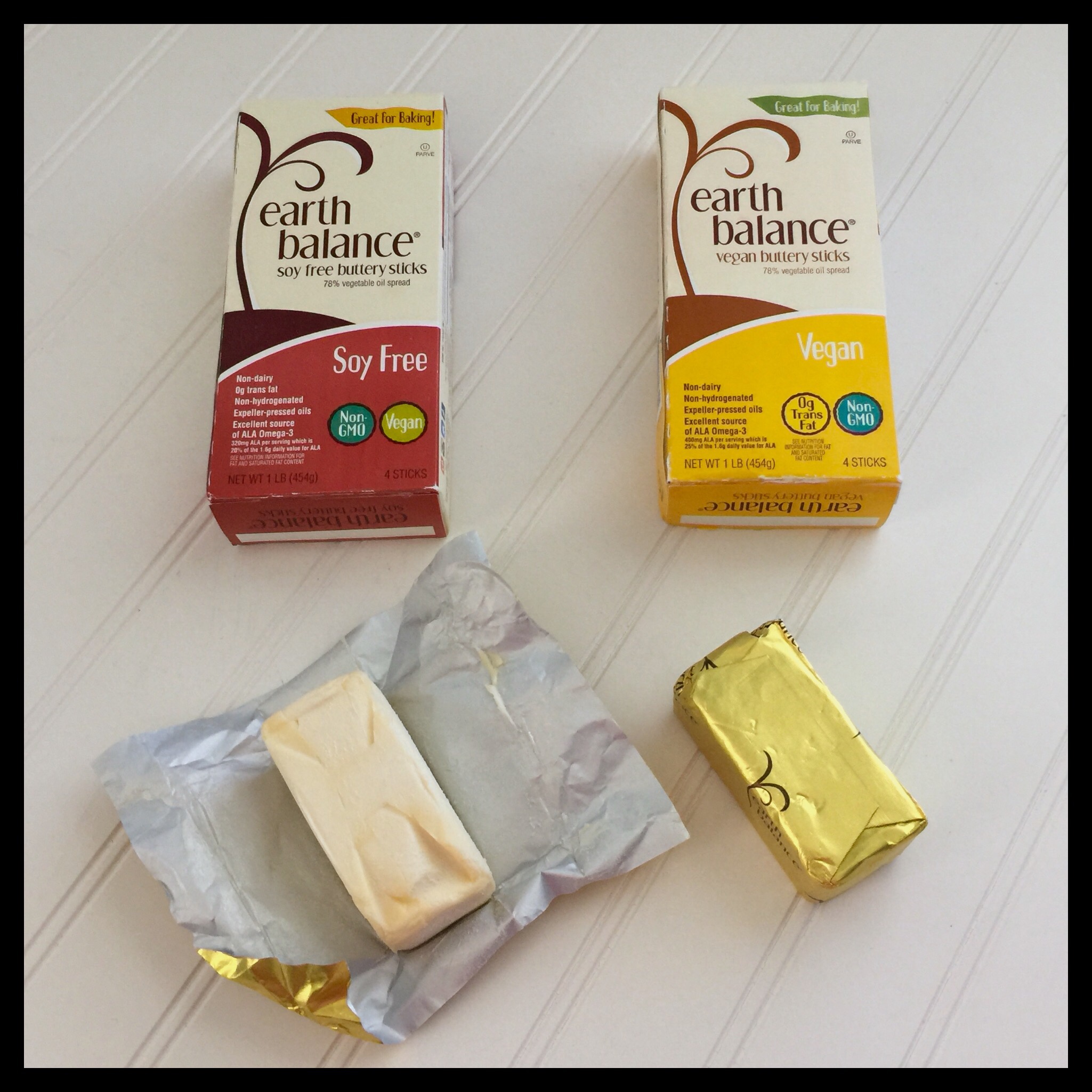
I prefer using a mixing bowl and a hand mixer for this recipe. A stand mixer is more convenient only if you are doubling the recipe, but it isn’t necessary even then. One batch is enough to frost 24 cupcakes or one 8″ double-layer cake without extra piping for decoration. If you are adding decorative piping to a cake or piping large frosting swirls on your cupcakes, make one and a half or two batches.
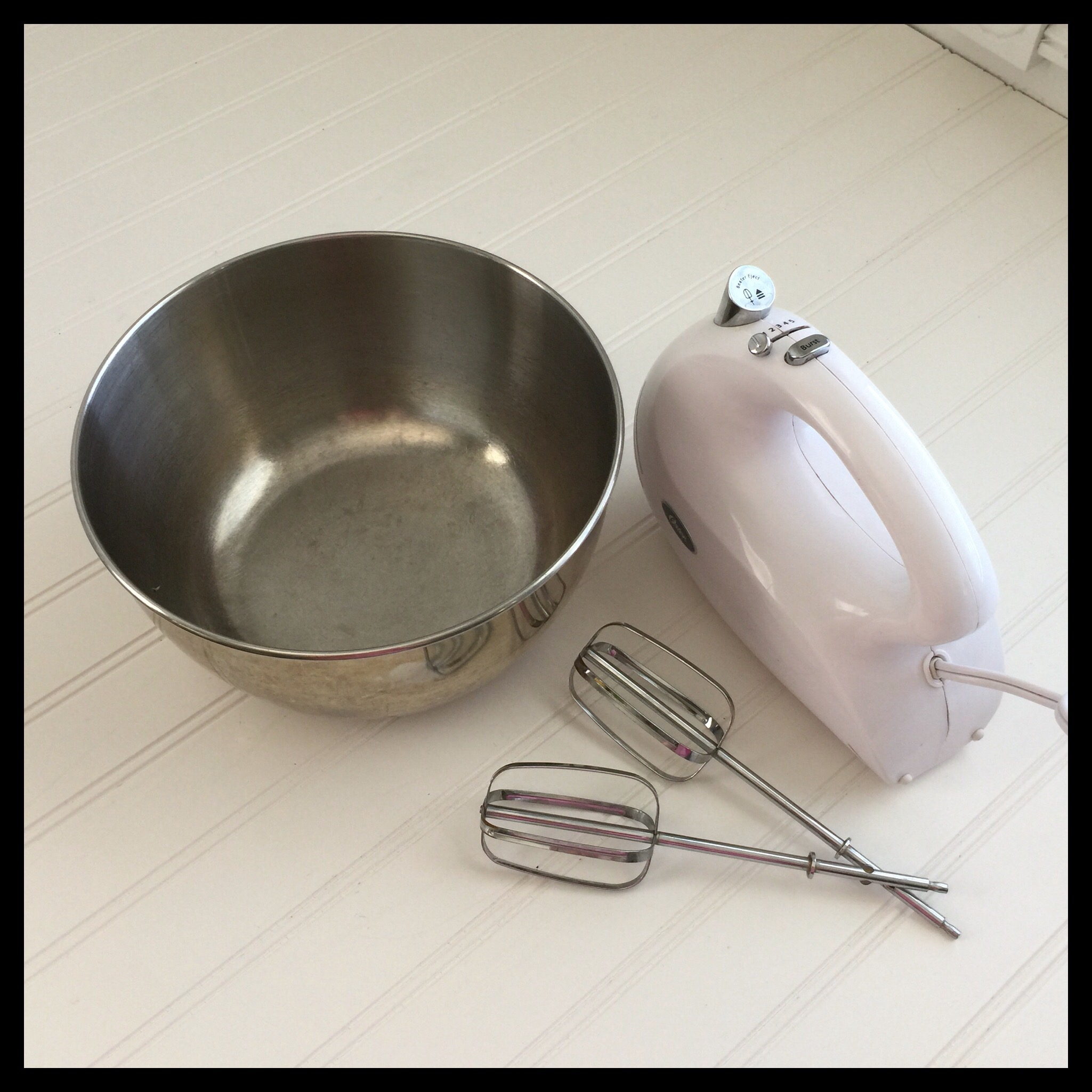
Your vegan butter sticks need to be soft to the touch like this, but should not be at all melted. This means you need to let them warm up on the counter and not try to soften them in the microwave. If you are using tub spread, use it cold from the fridge.
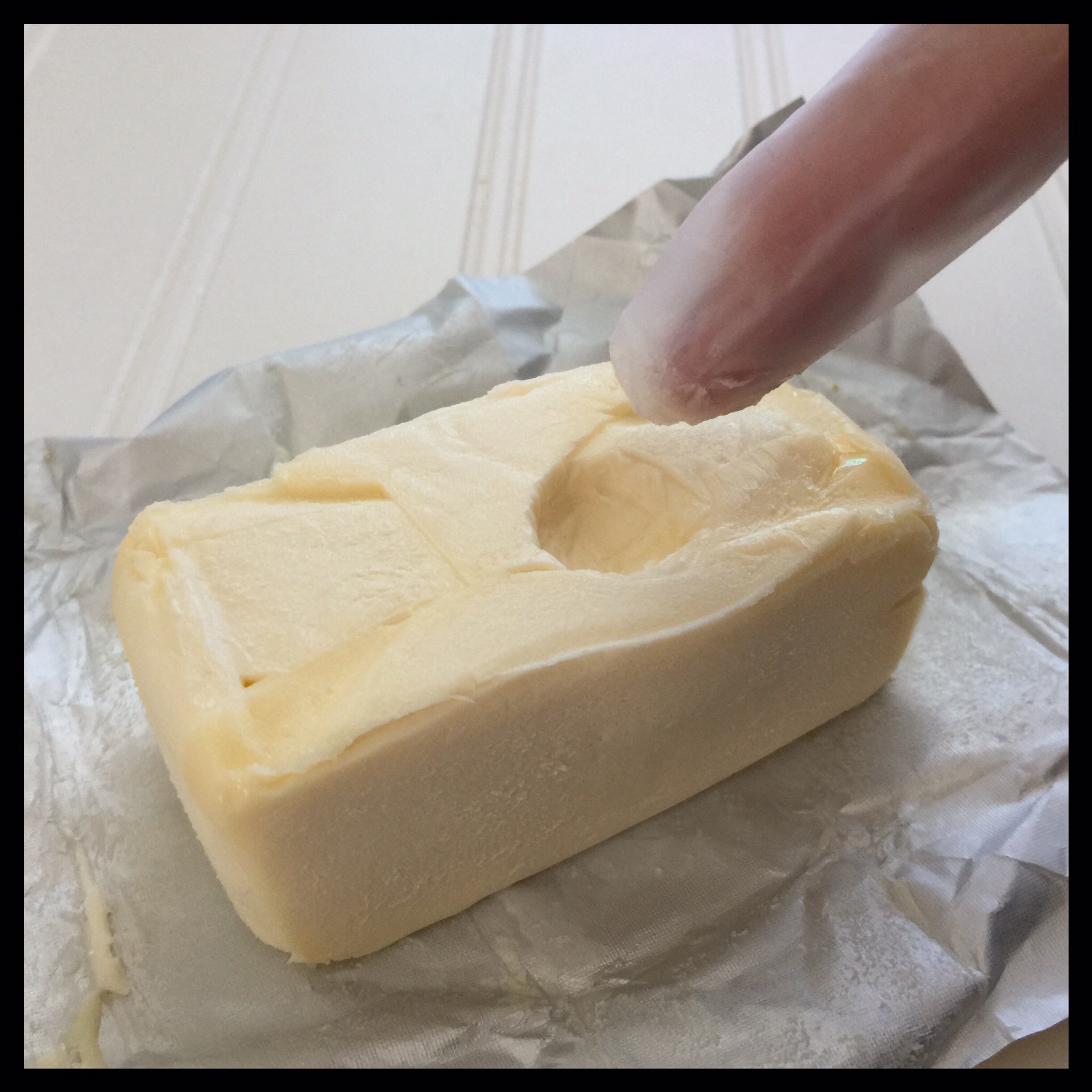
Add the shortening to a large mixing bowl and beat on medium speed until it is smooth and fluffy. Any lumps left in now are likely to still be in the finished frosting:
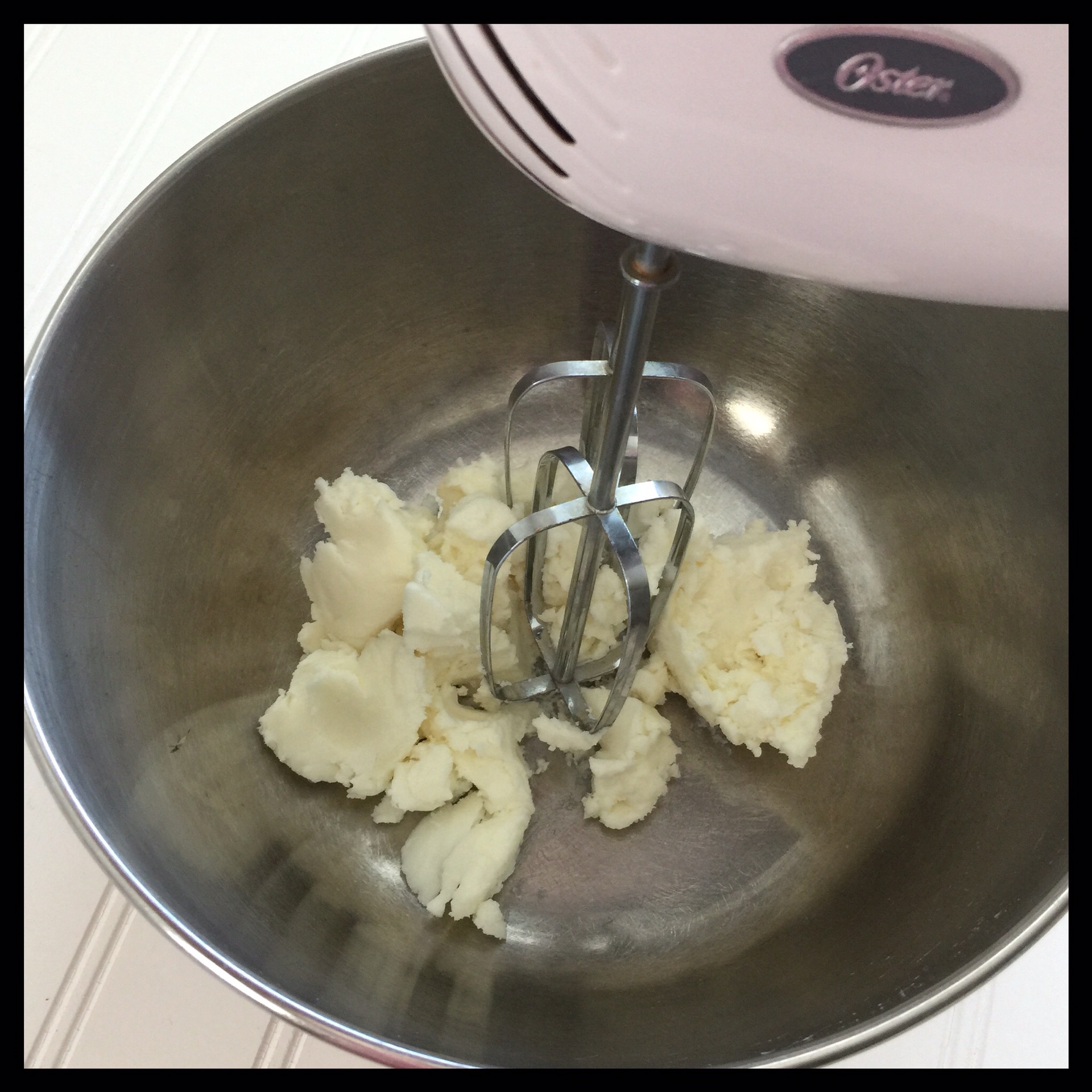
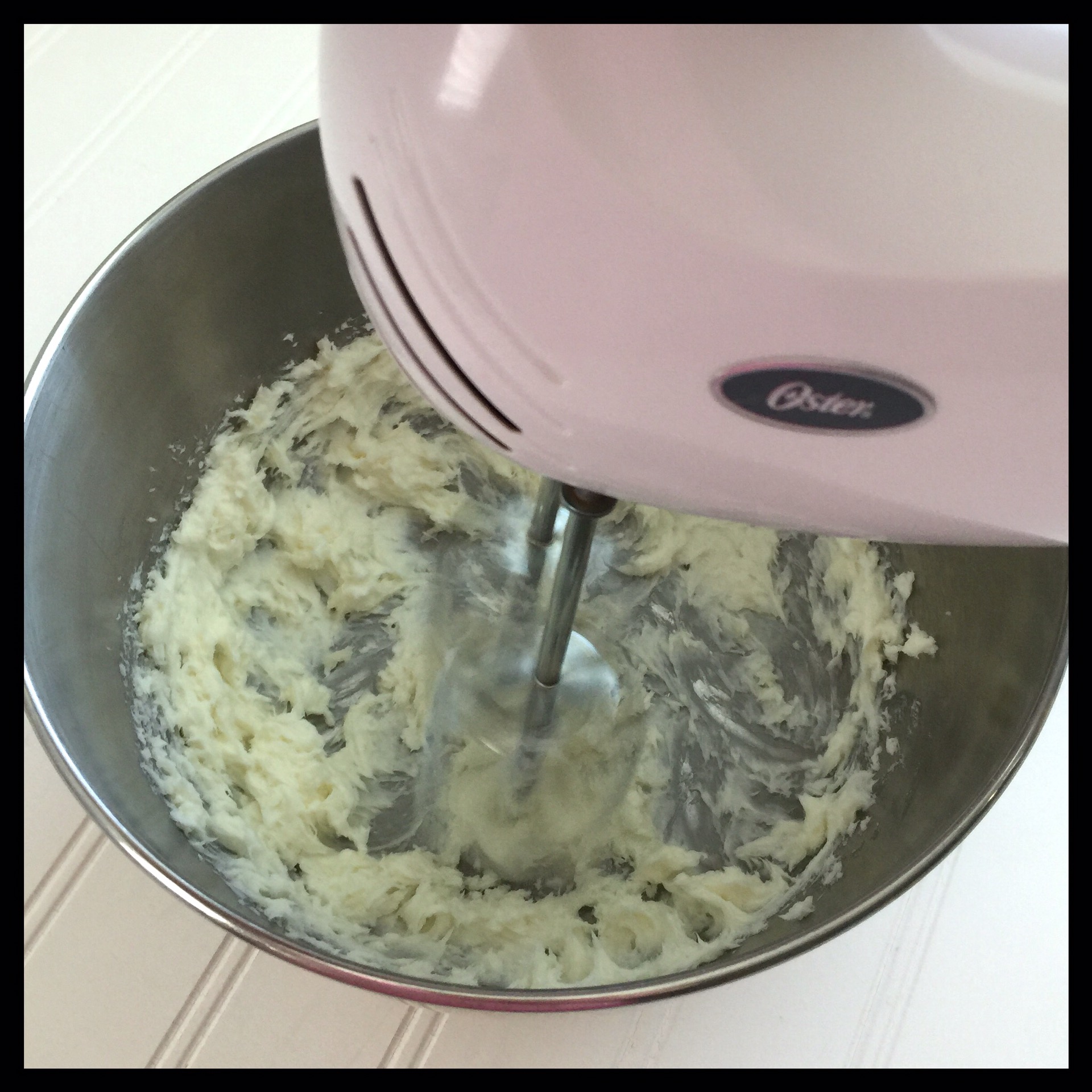
Add the softened stick spread or cold tub spread, and beat again until light, fluffy, and free of any lumps:
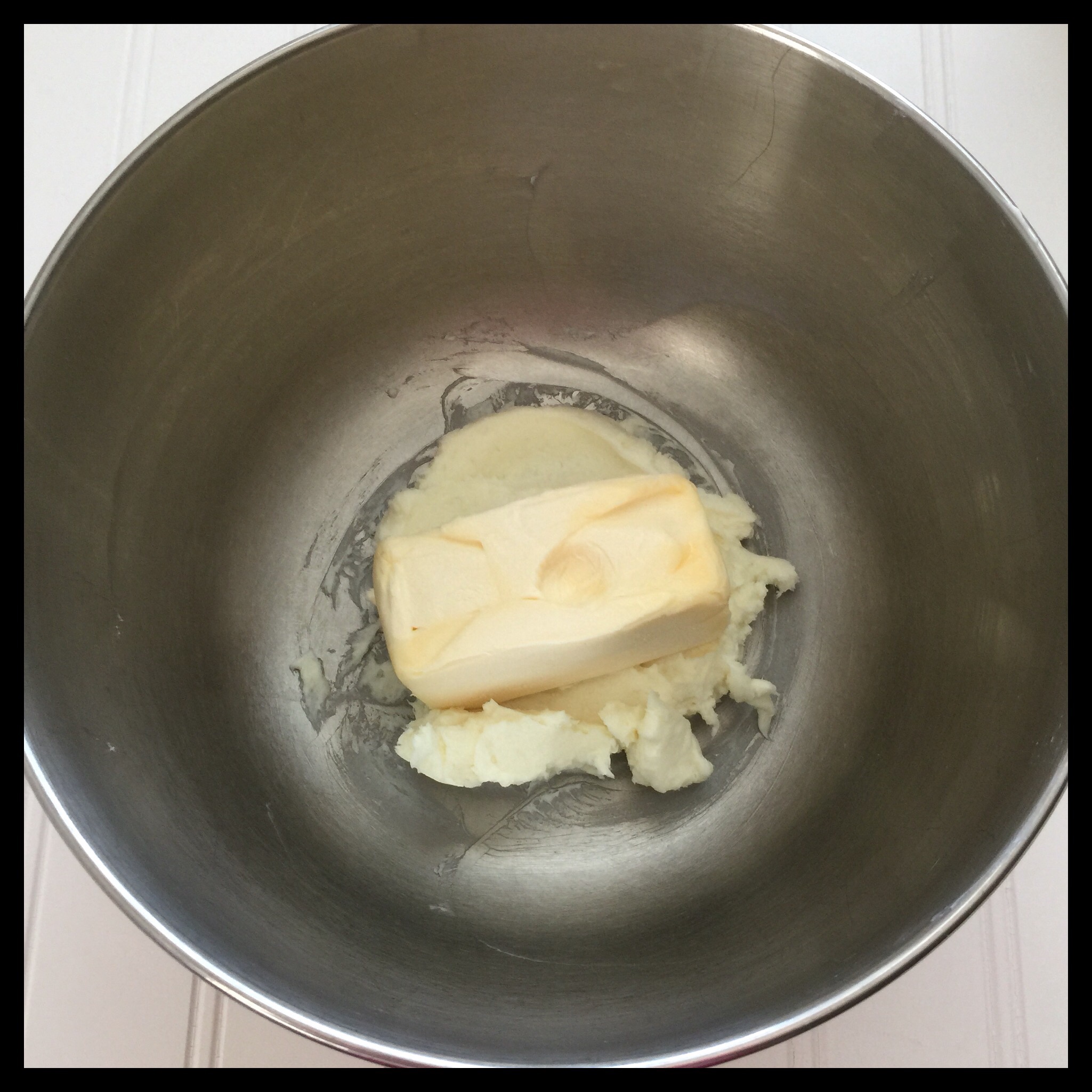
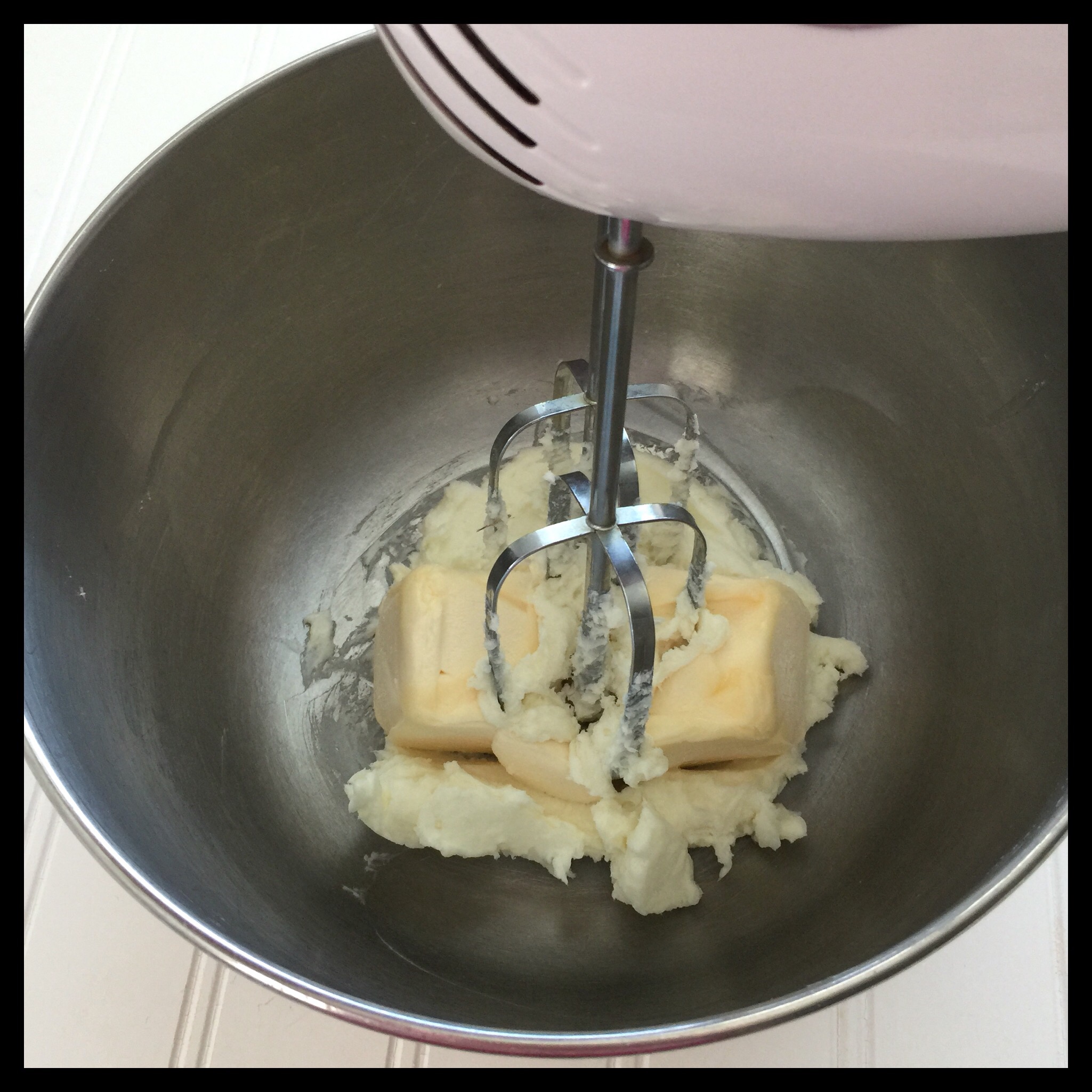
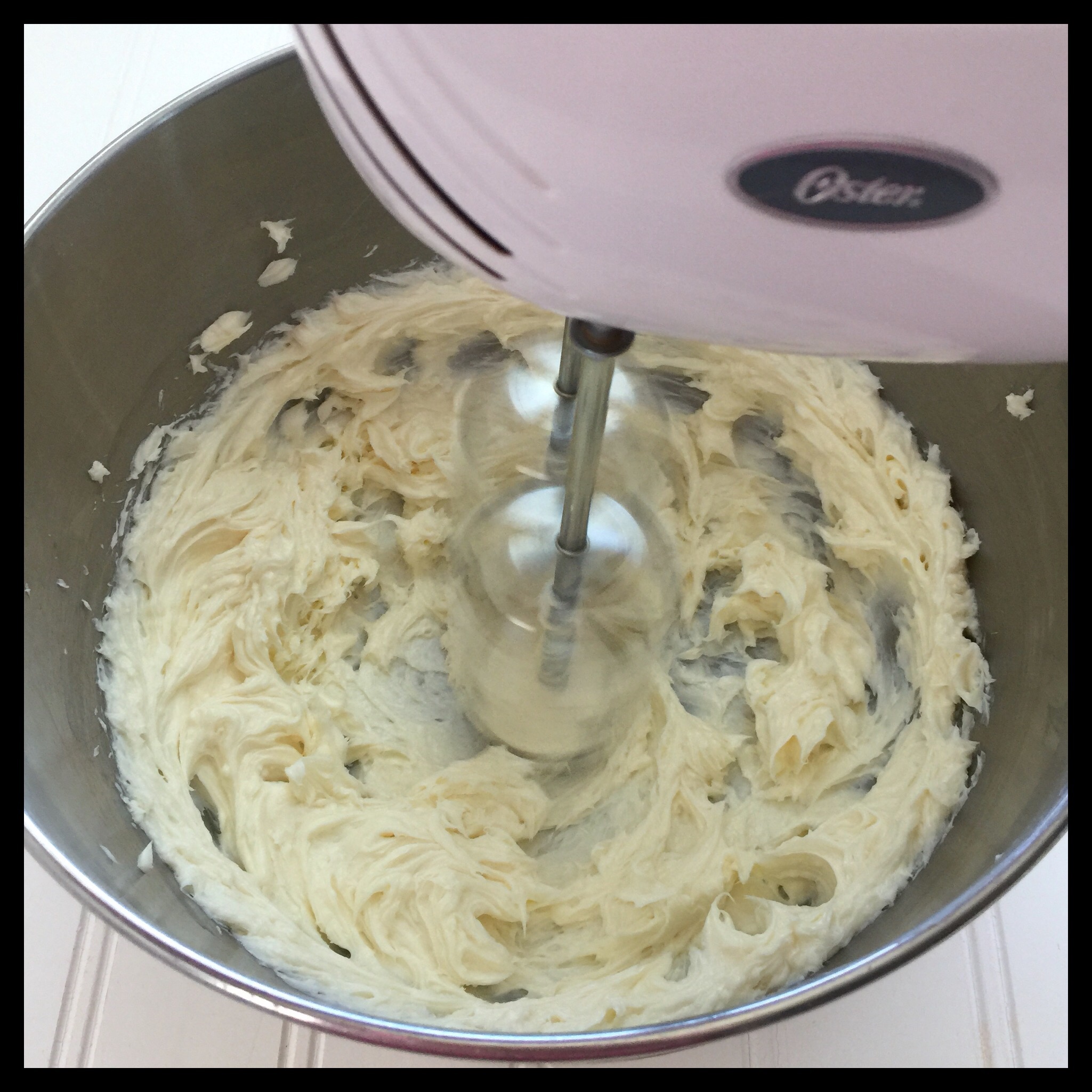
Scrape down the bowl, add the vanilla and almond extracts, and beat again. The almond extract will not be noticeable but it gives the frosting an added depth of flavor that vanilla alone does not provide. The recipe calls for 12.5 g (2 1/2 tsp) of vanilla for the best flavor without making the frosting too dark. If you need your frosting to be lighter, reduce the vanilla to 10 g (2 tsp). If you want optimal flavor and don’t care if your frosting is a little darker, increase the vanilla to 15 g (1 TBS).
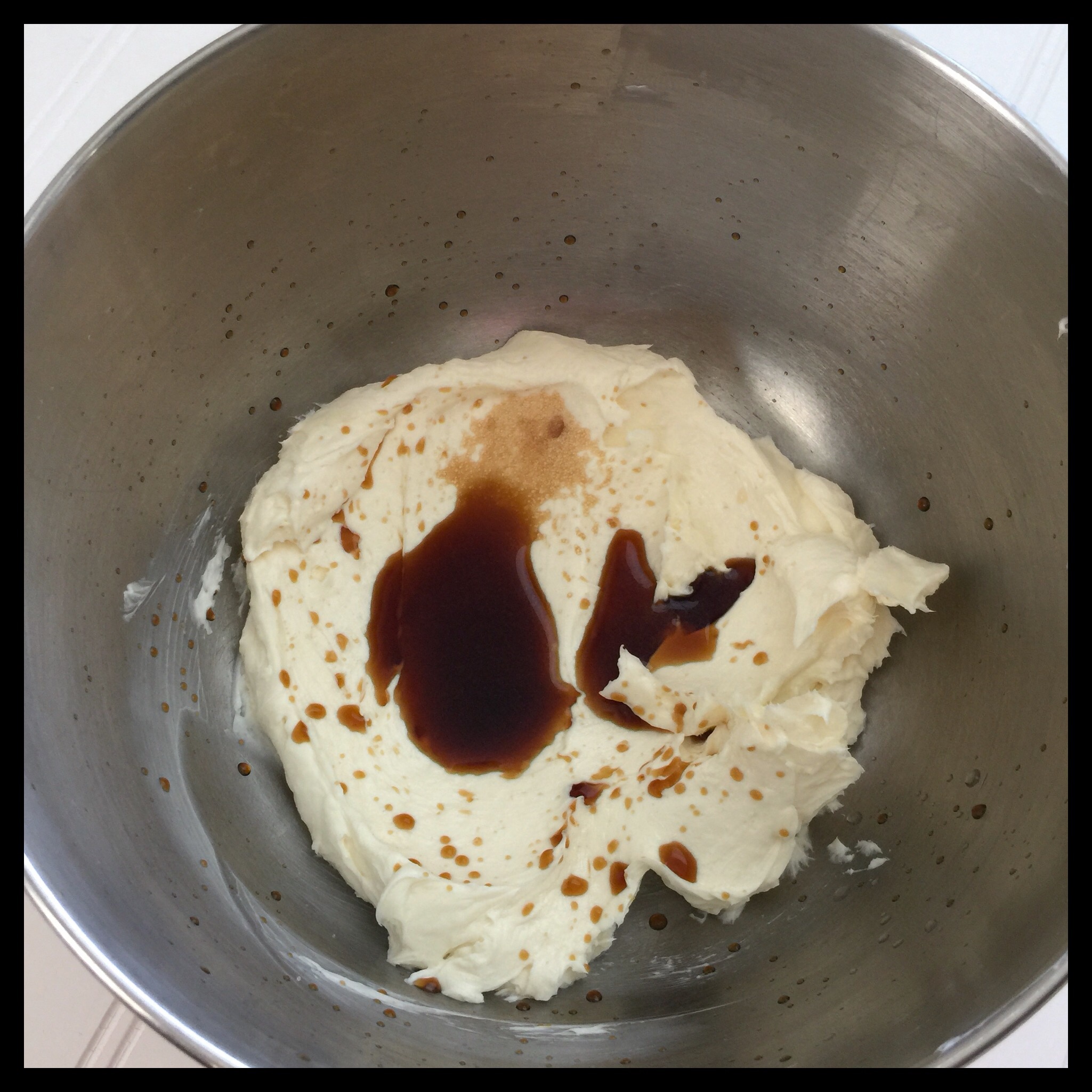
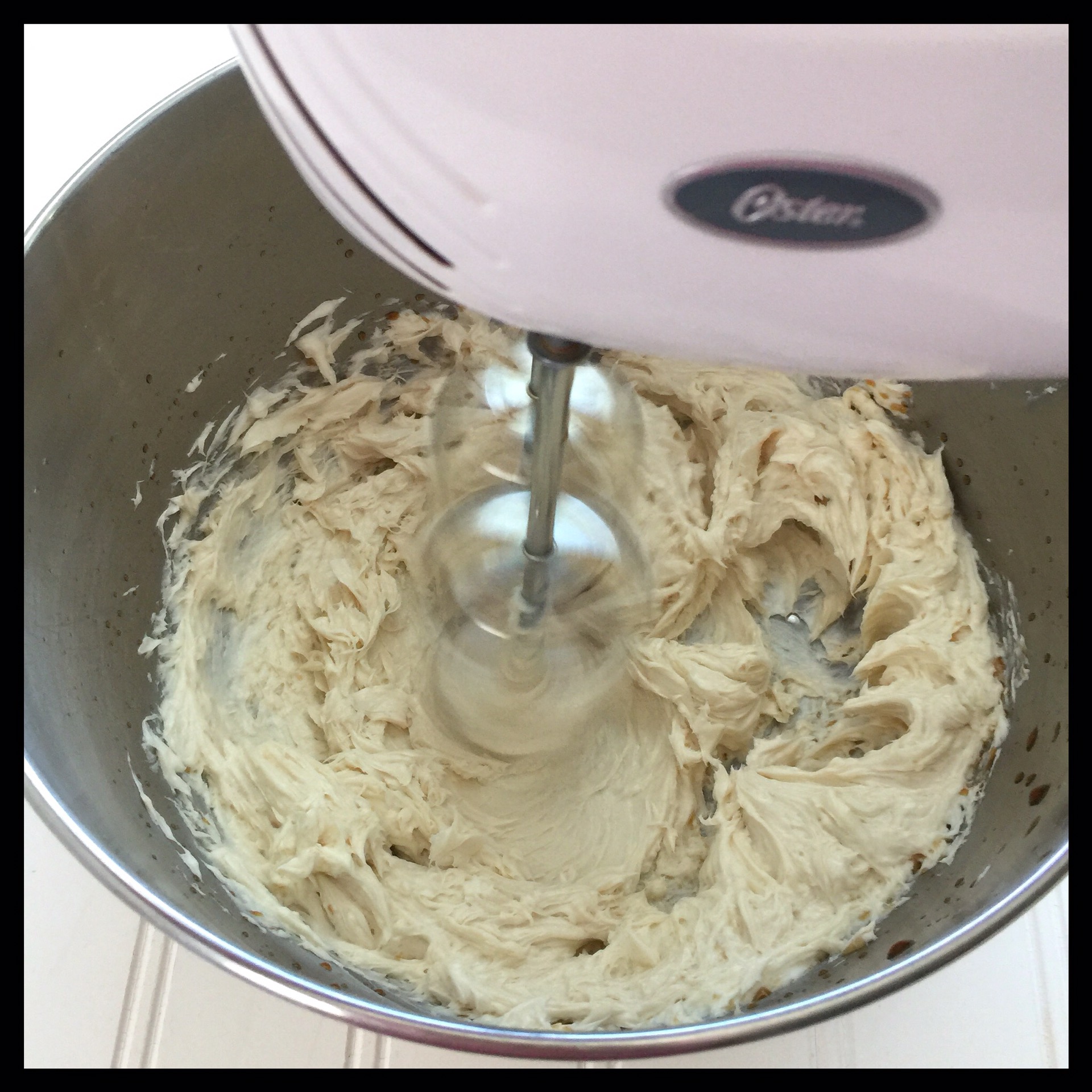
Scrape down the bowl again, then add the salt and 1/3 of the powdered sugar. I am using my DIY powdered sugar here. The finished frosting will not be quite as white as it would be with store-bought powdered sugar, but most vegan powdered sugar is very expensive to buy.
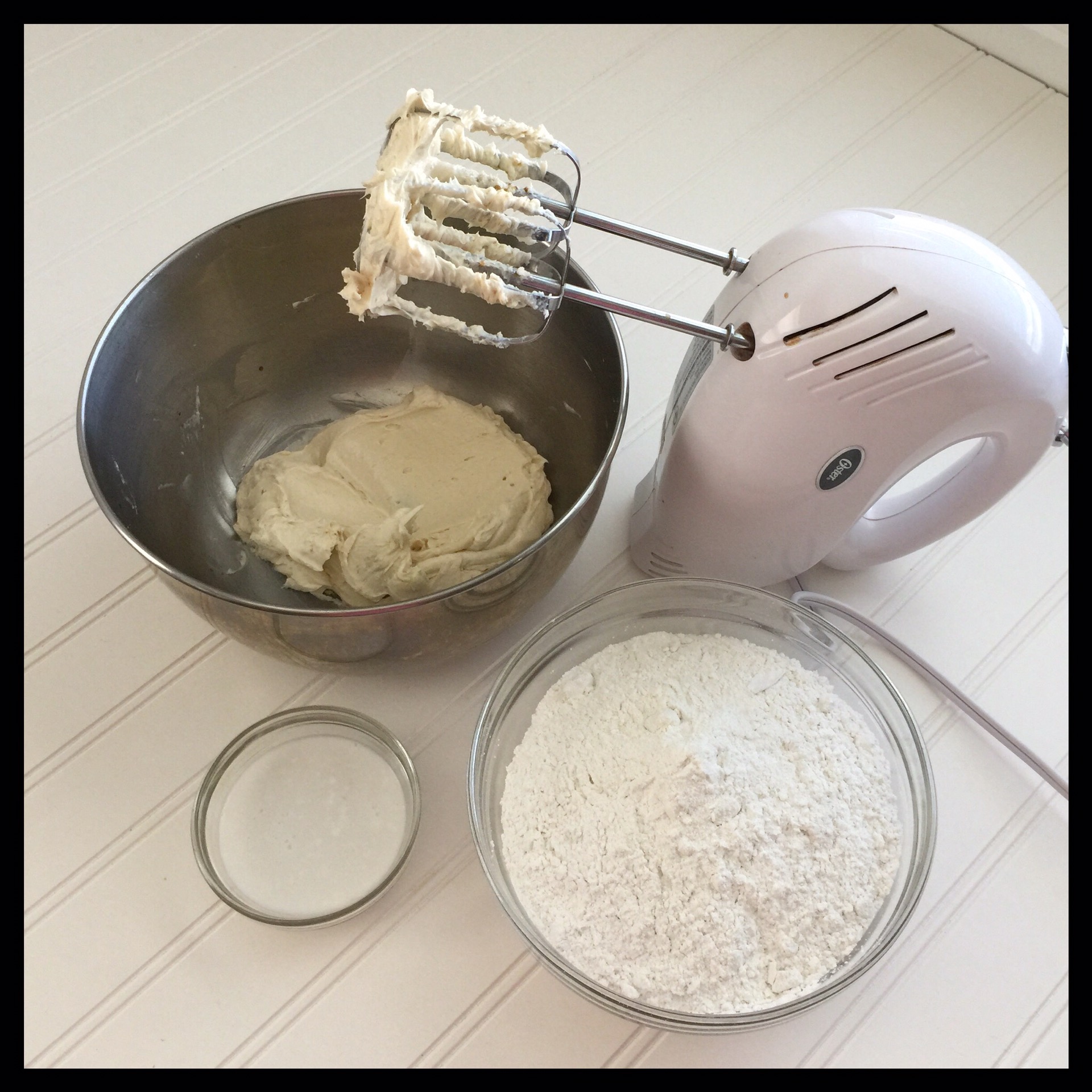
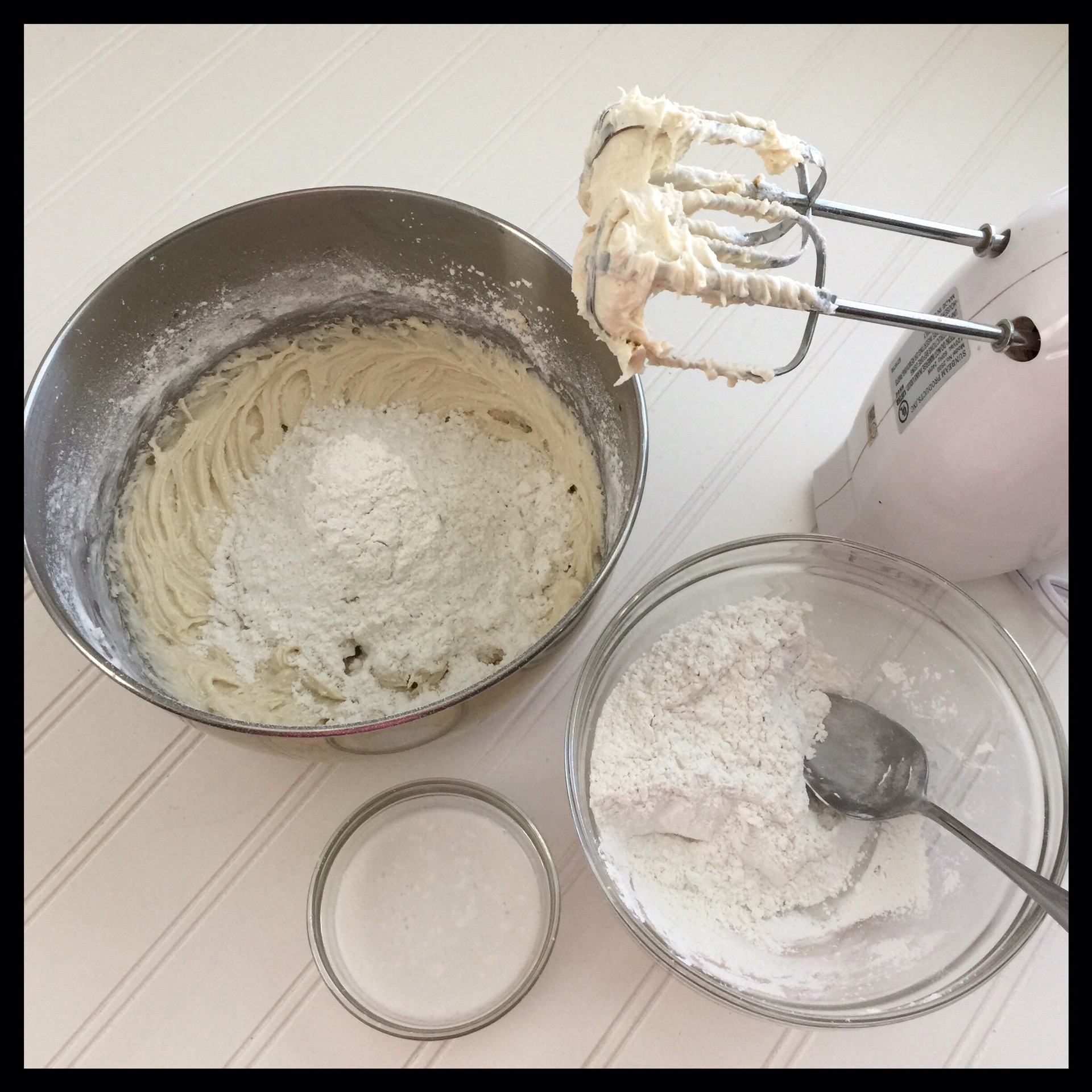
Beat in the powdered sugar:
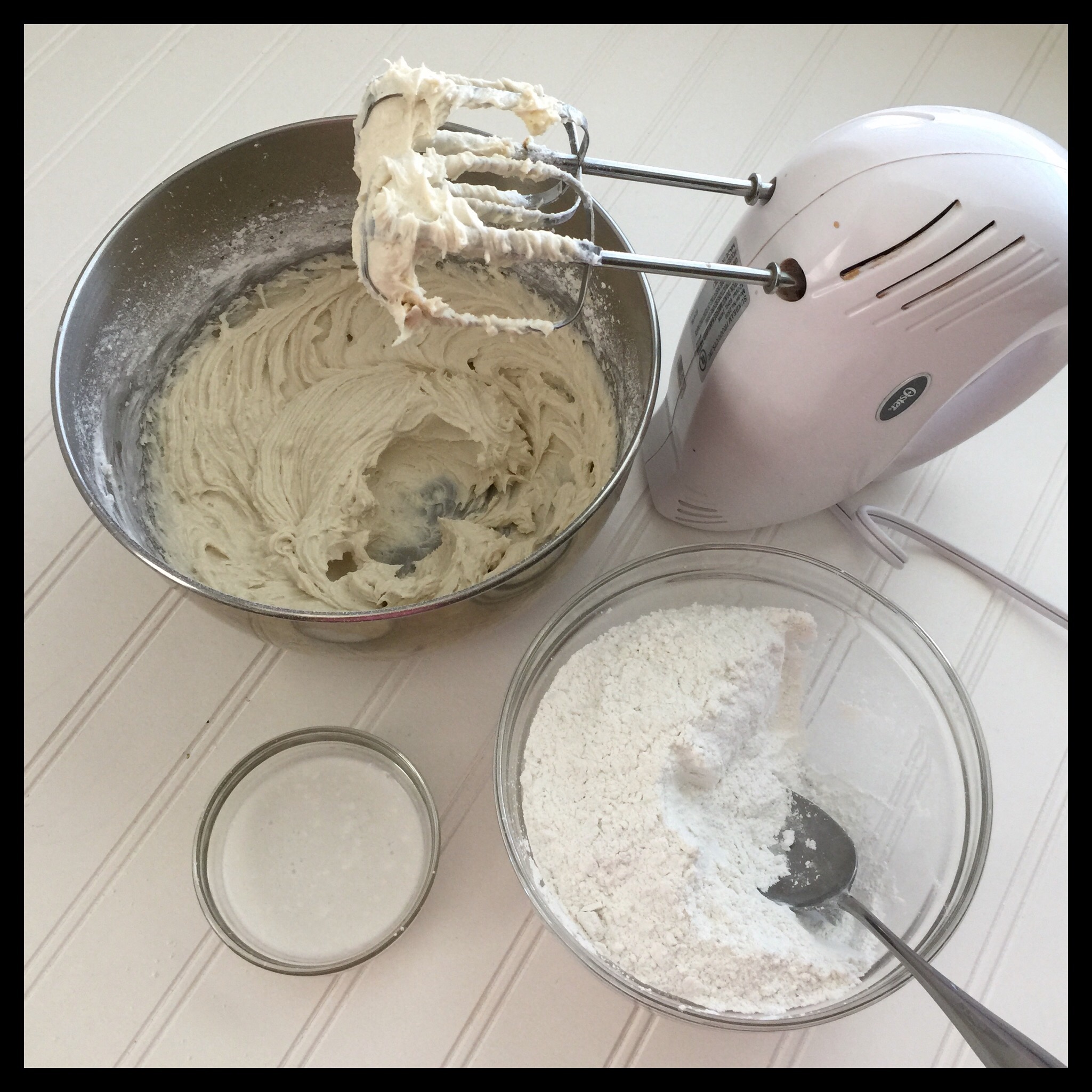
Add half of the remaining powdered sugar and 1/3 of the light coconut milk. You can use another plant milk, but light or regular coconut milk gives the buttercream a very nice and creamy texture without adding any color.
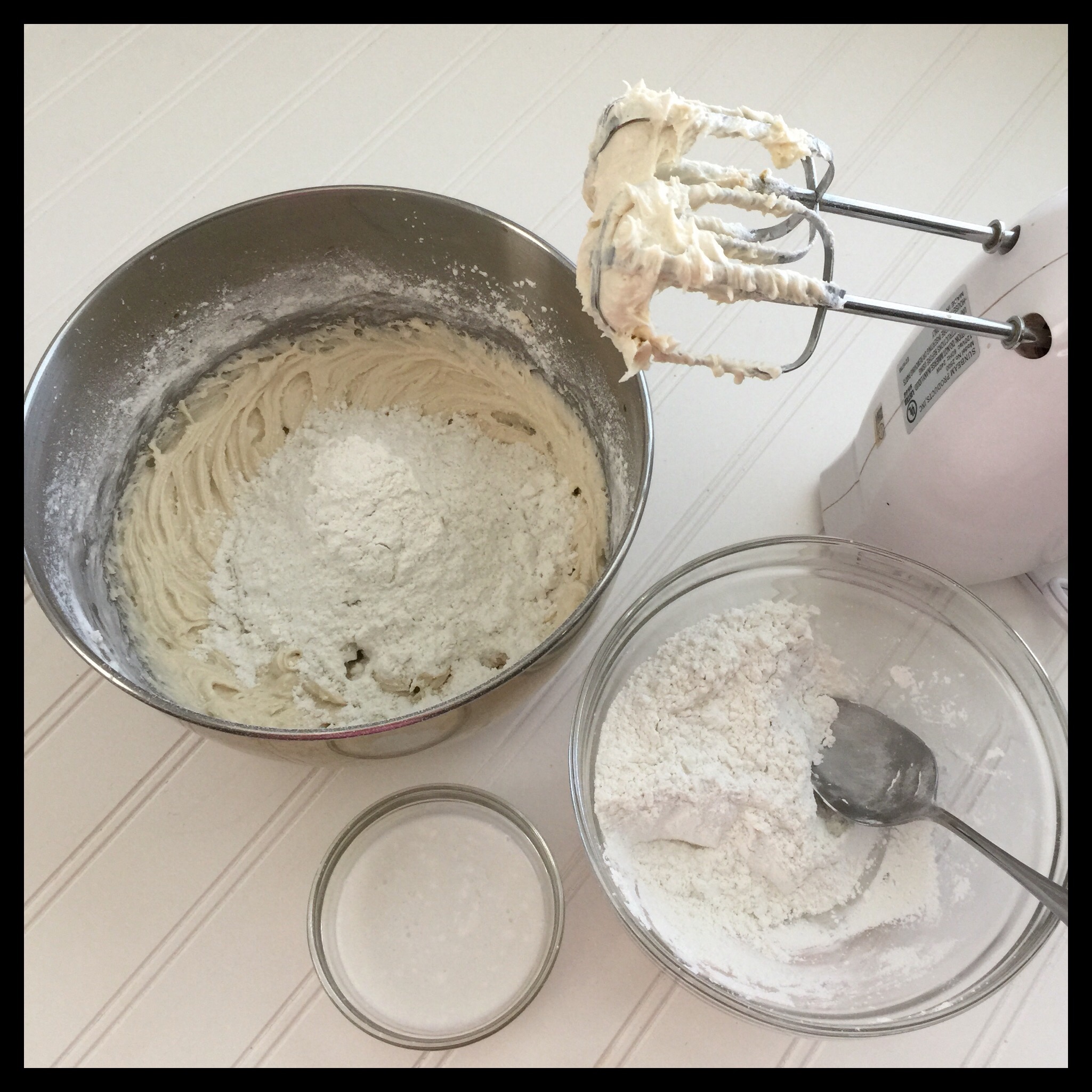
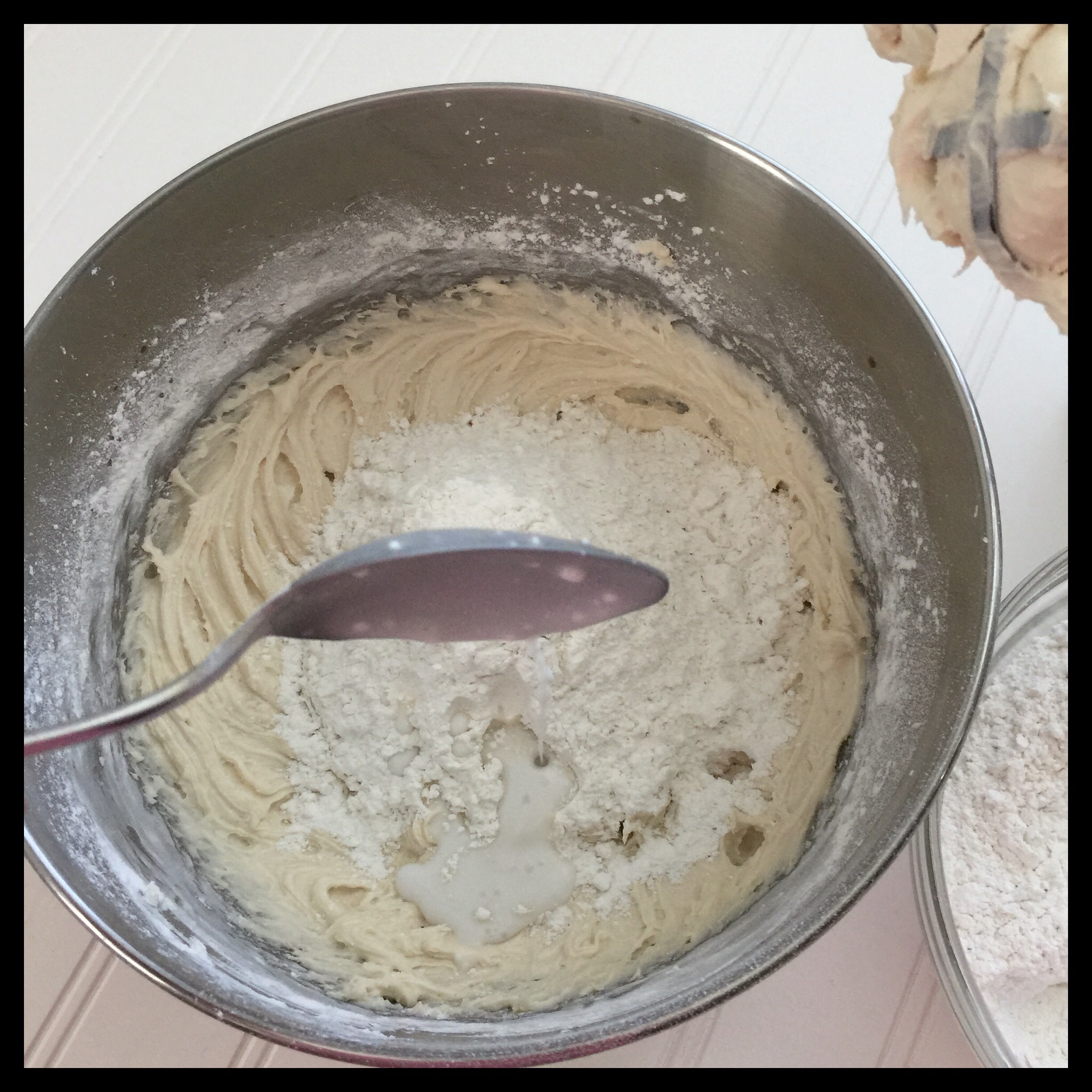
Mix again:
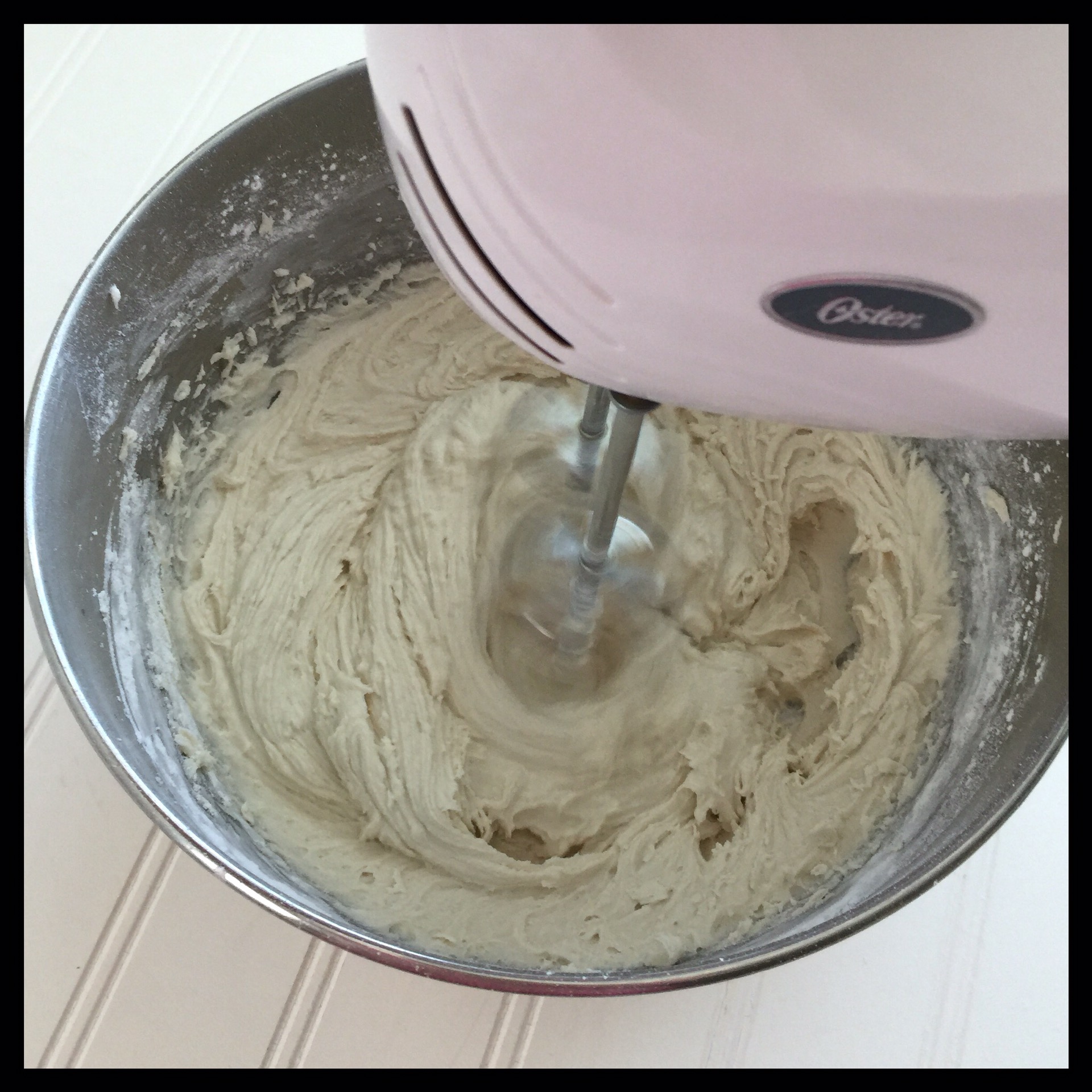
Scrape the sides and the bottom of the bowl really well to remove any hint of fat from the bowl. This step prevents streaks in your frosting later.
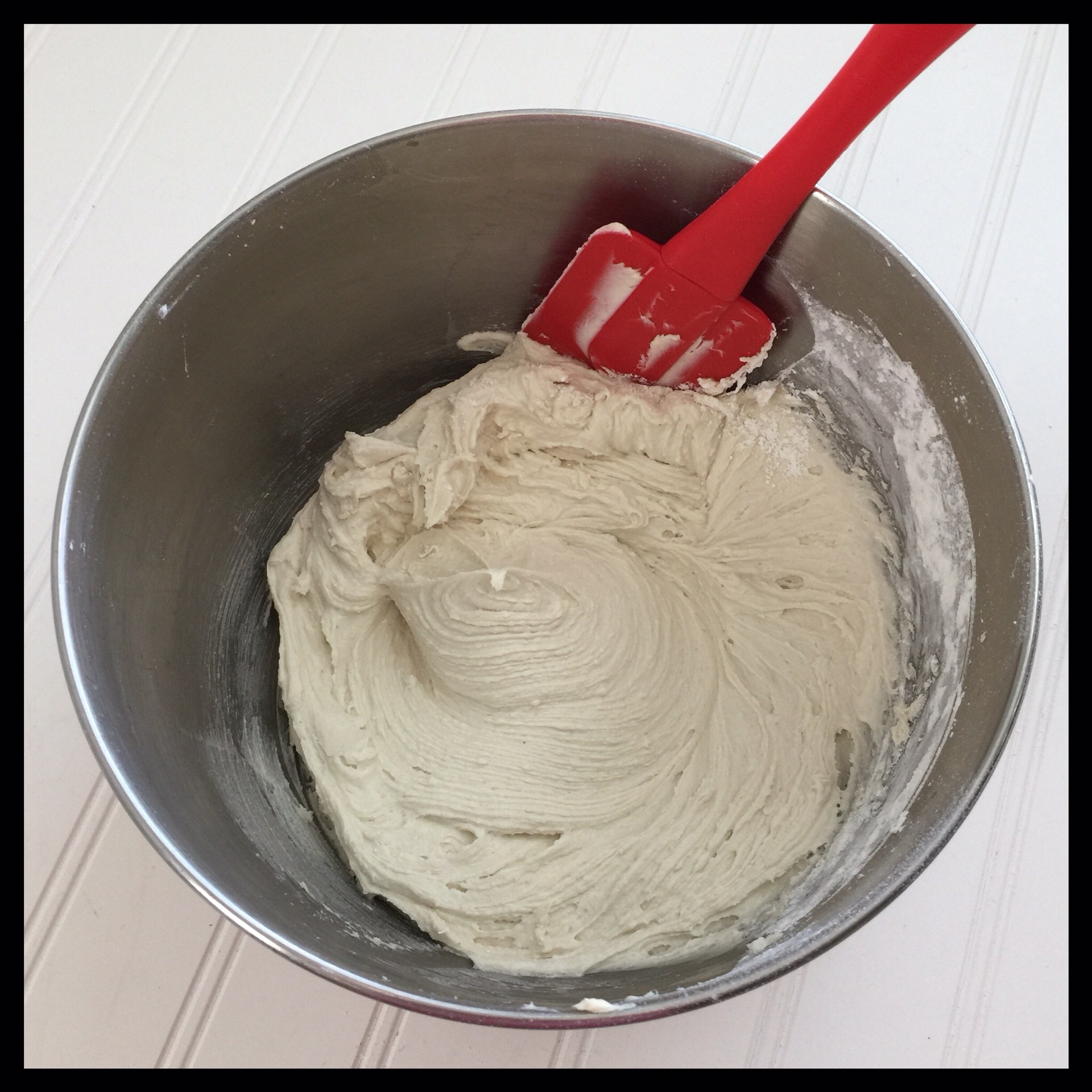
Either switch to a clean spatula or wash and dry the used one:
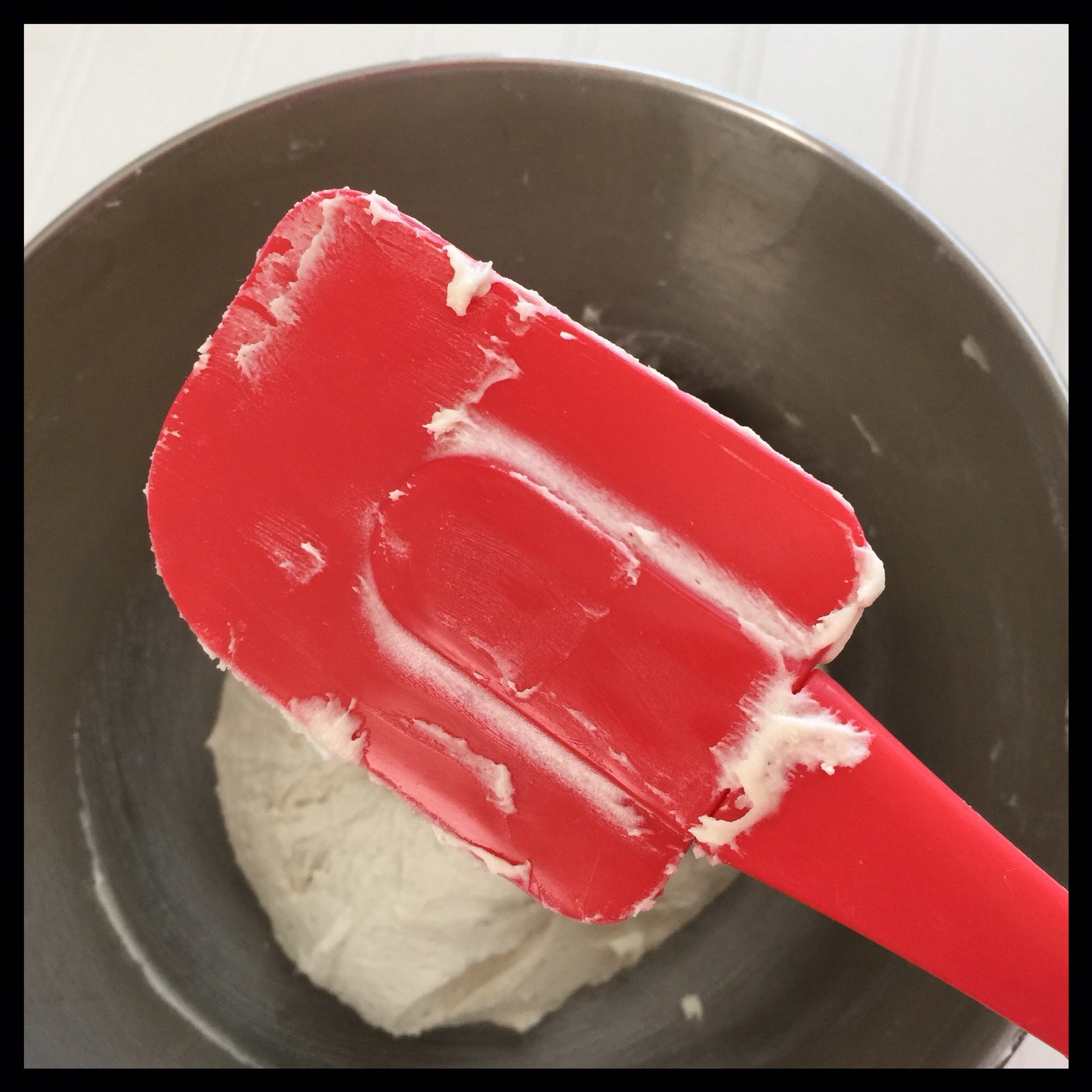
Add the rest of the powdered sugar and half of the remaining milk. Beat again:
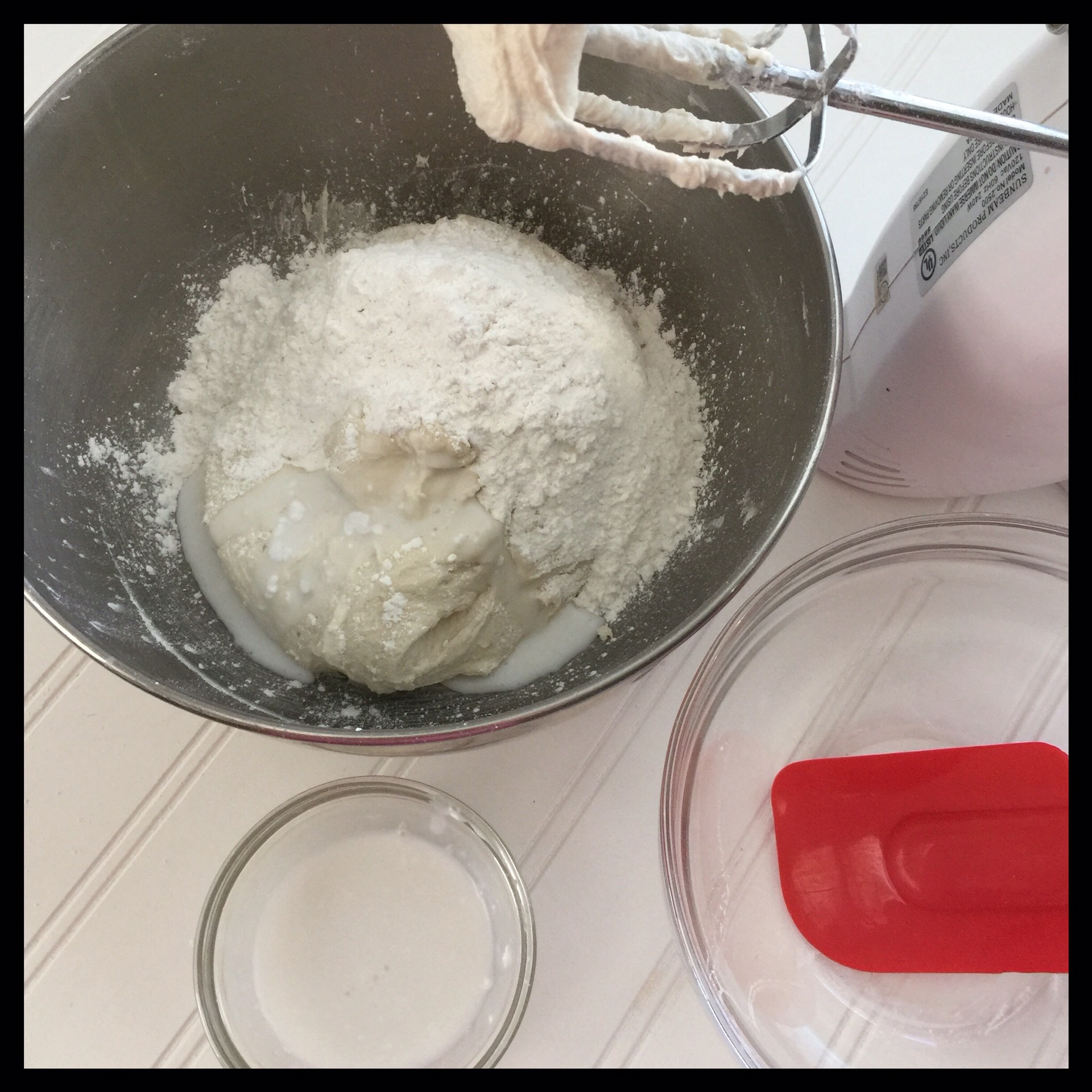
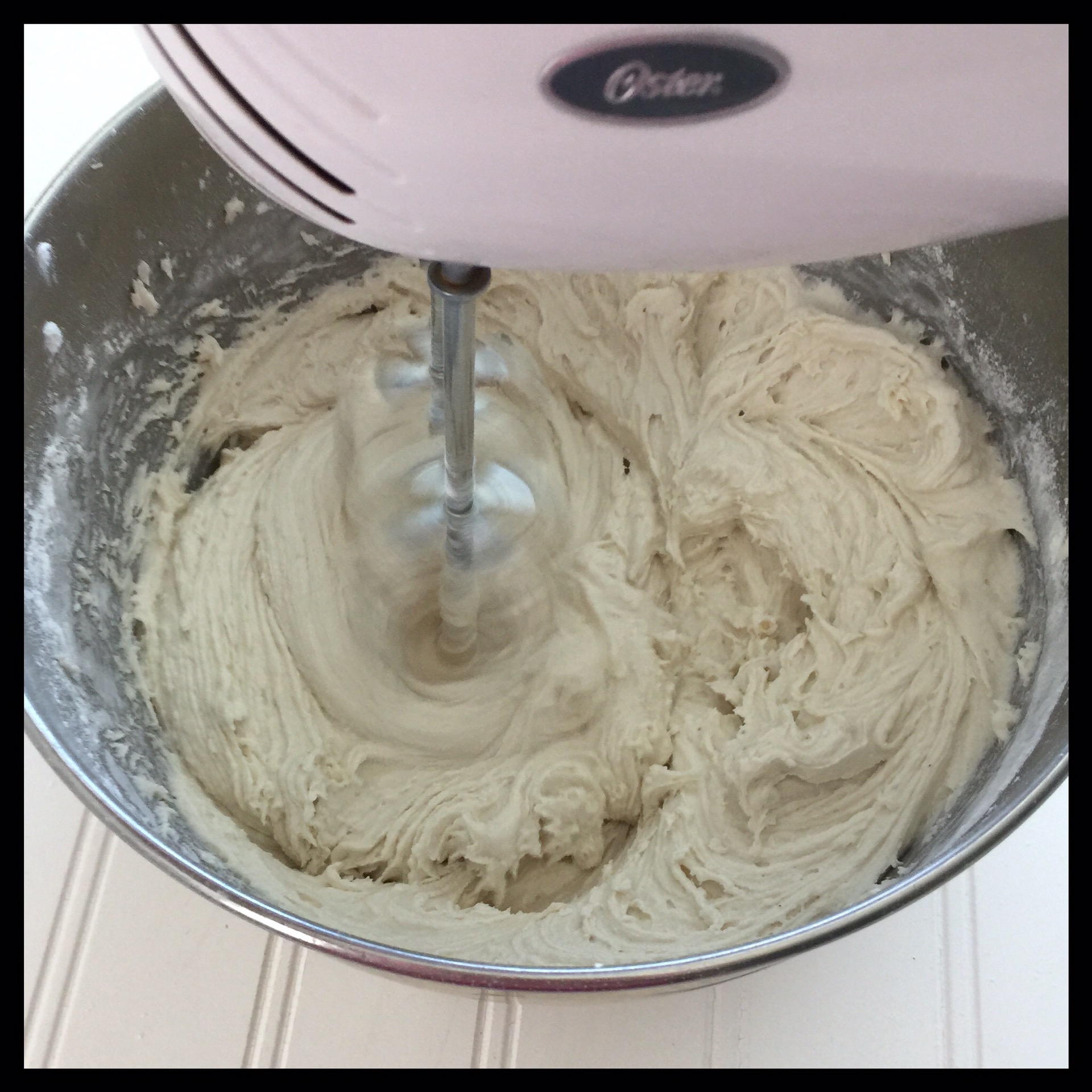
Check the consistency of your buttercream. If it is the spreading consistency that you want, do not add any more milk. If it is too thick (as it most likely will be), add a little more milk to get it the way you want it to be. I almost always use the full amount of milk and sometimes need a bit more. Only add 1/2 tsp more at a time when it is getting close. Also, remember that you will be adding a little more liquid later if you are tinting your frosting. Beat again, then scrape the bowl:
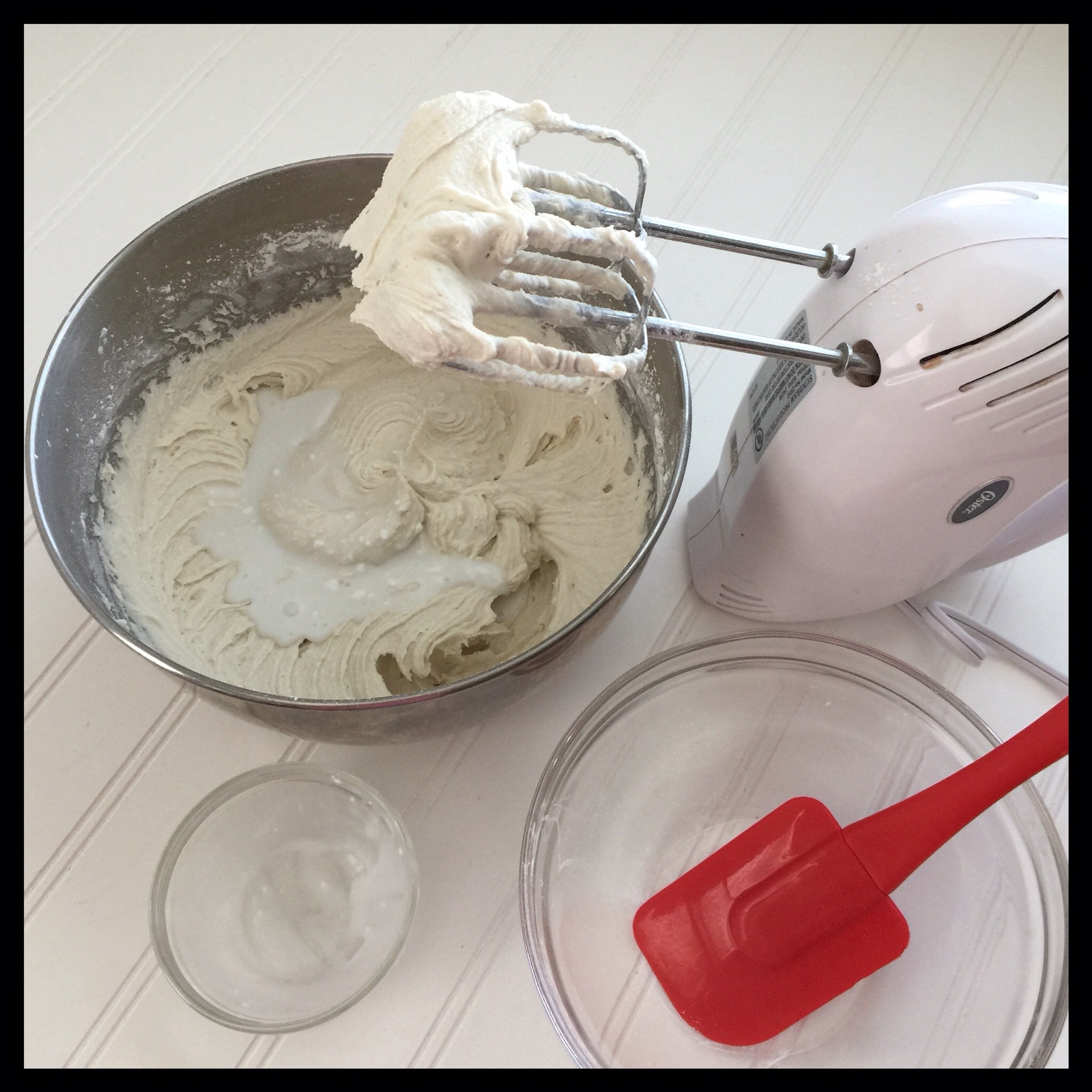
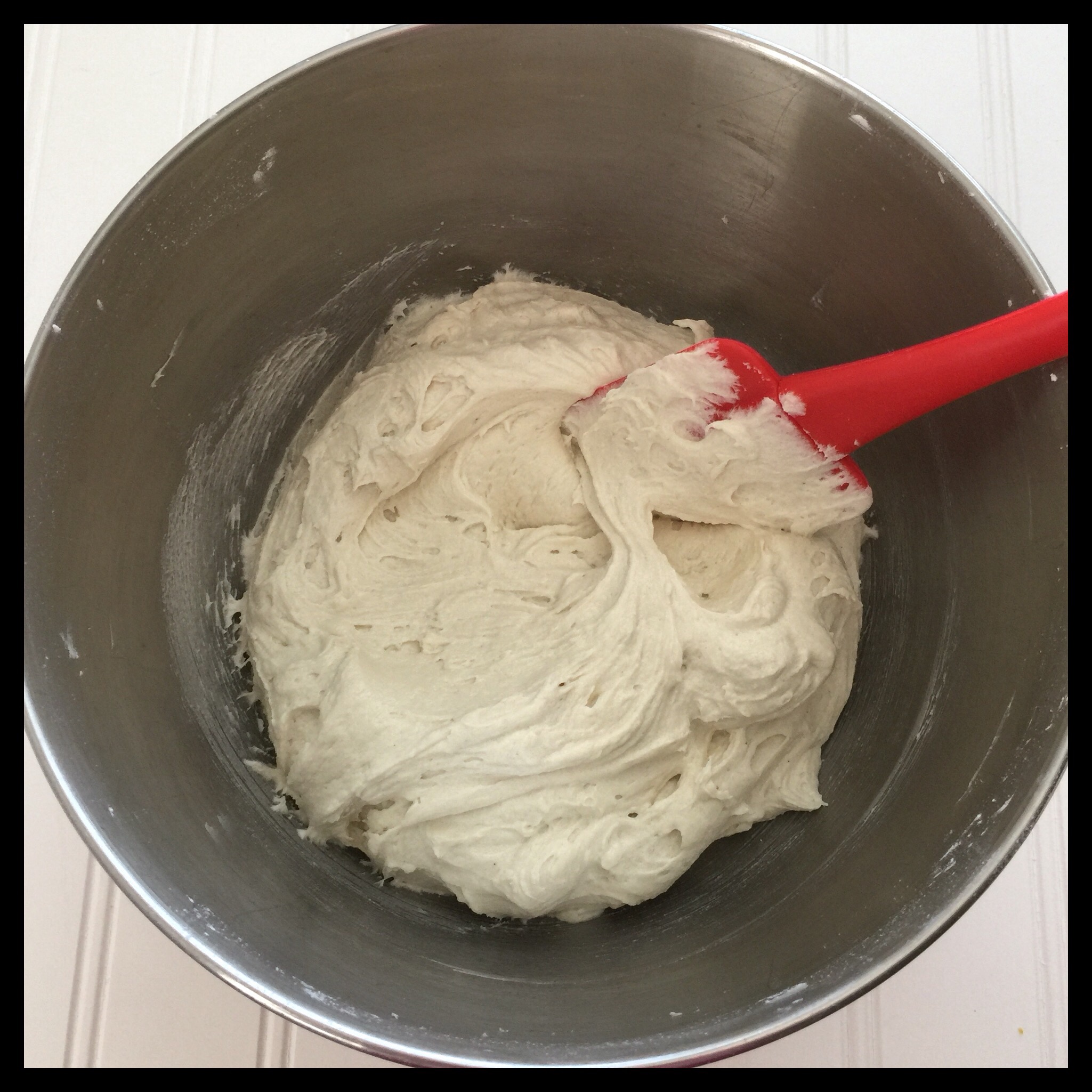
Next, whip the buttercream on high speed for two to three minutes until it has lightened and become very light and fluffy.
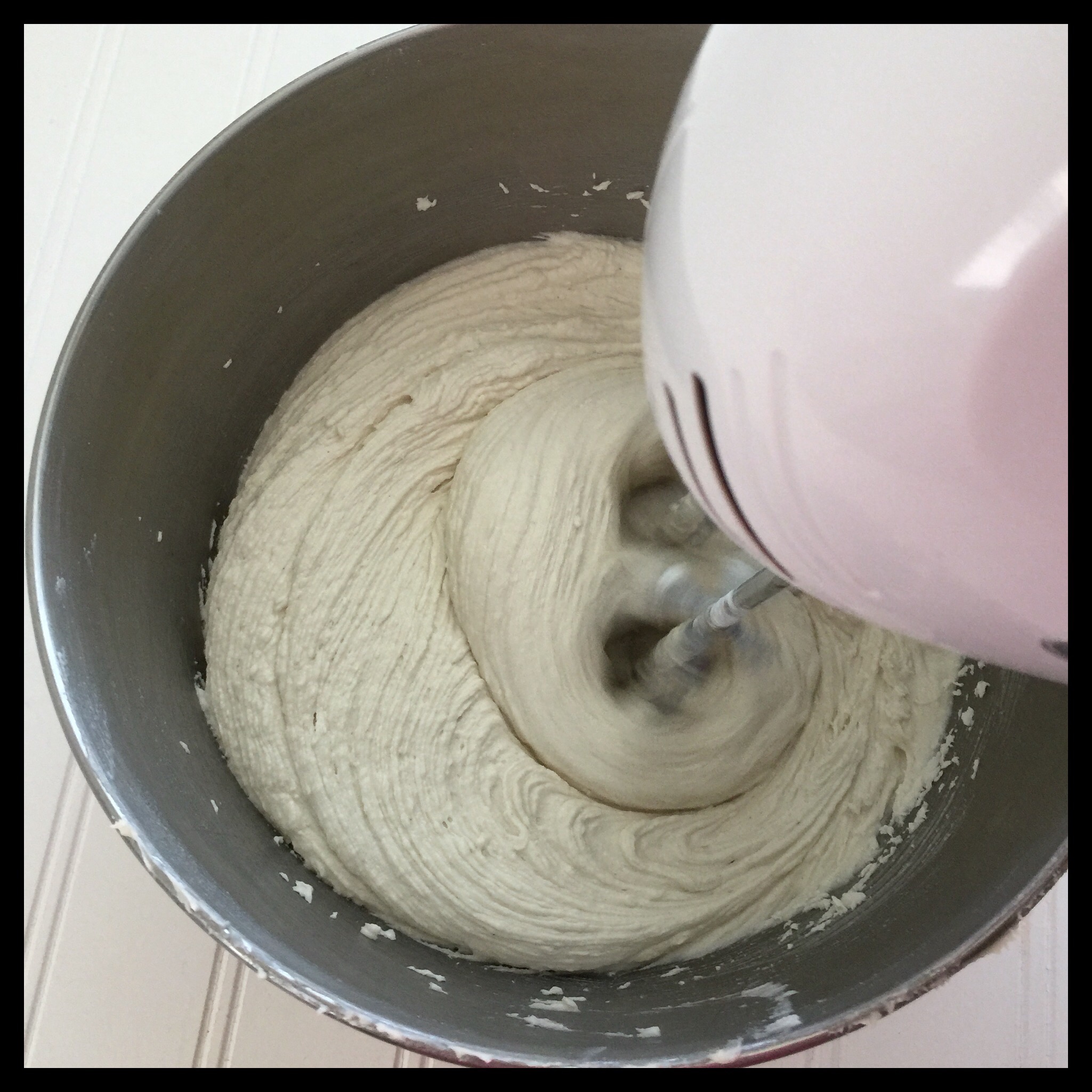
Scrape down the bowl again. Your buttercream is done and you can use it immediately. (This is when you will add food coloring if you are tinting your frosting.) Cover any unused frosting tightly with plastic wrap and store in the fridge for up to a week or freeze for up to two months. To use later, allow the buttercream to come to nearly room temperature, then beat it again to fluff it up.
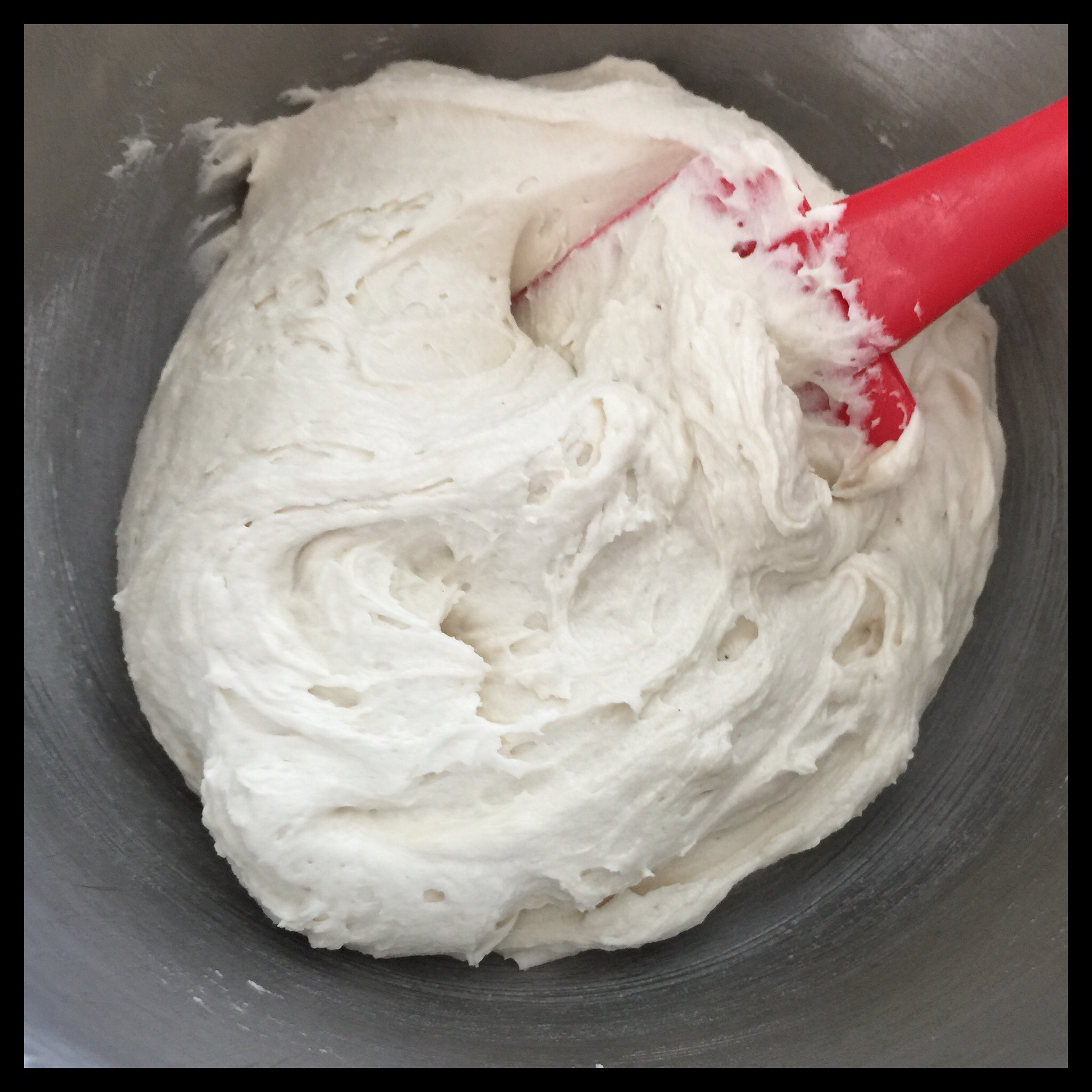
Use your buttercream to frost a cake:
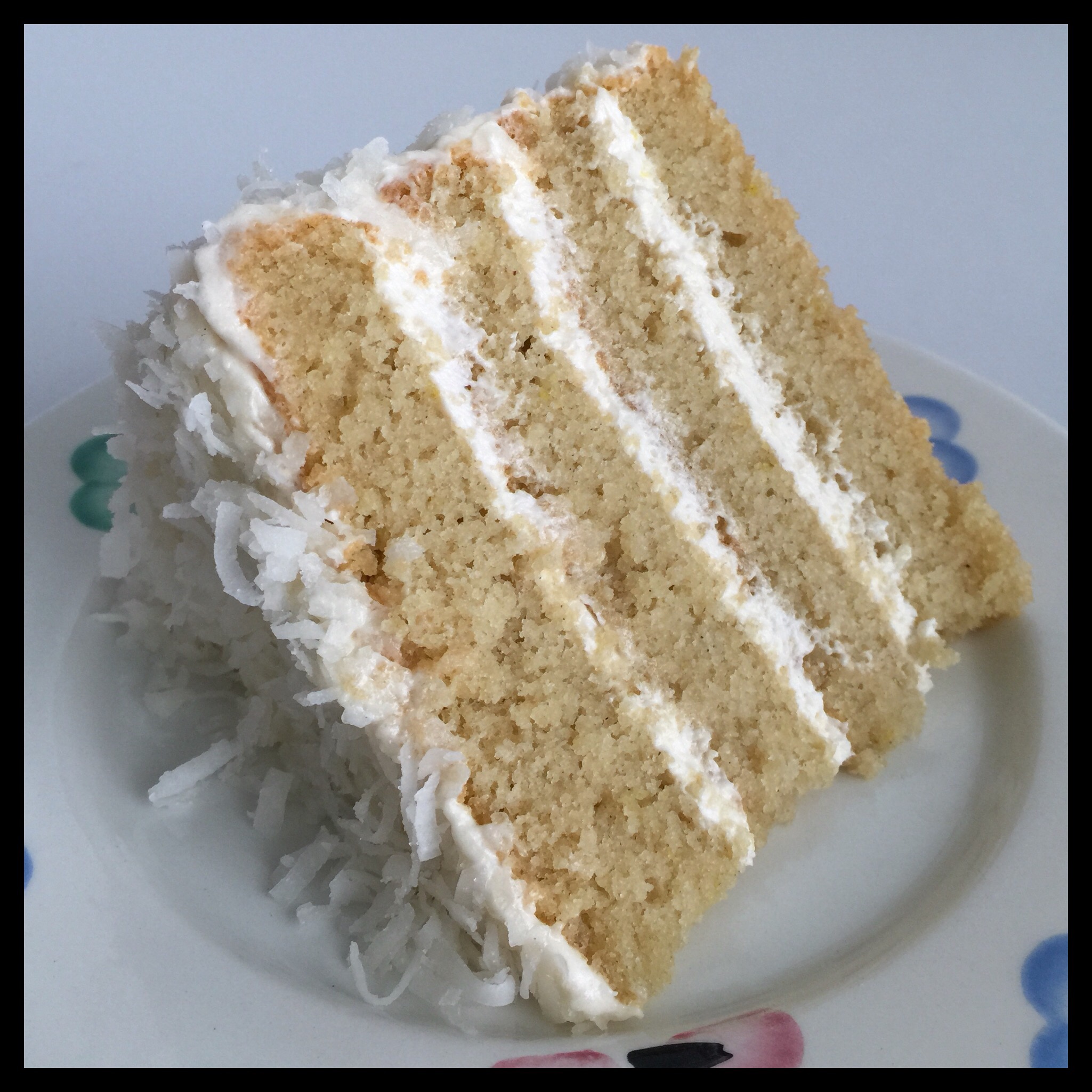
Or cupcakes:
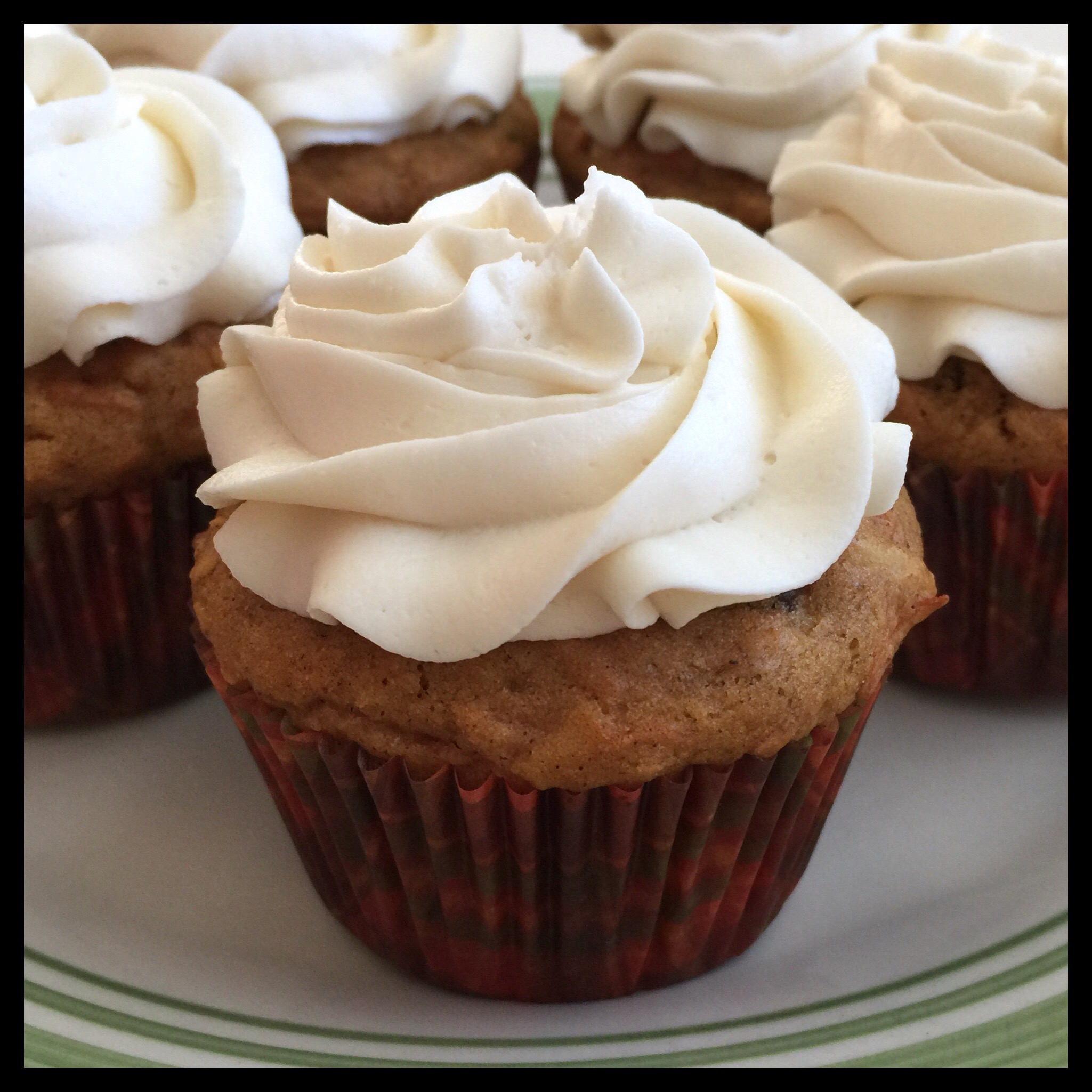
It is also delicious on cookies, but the frosting will never get as hard as a royal icing would:
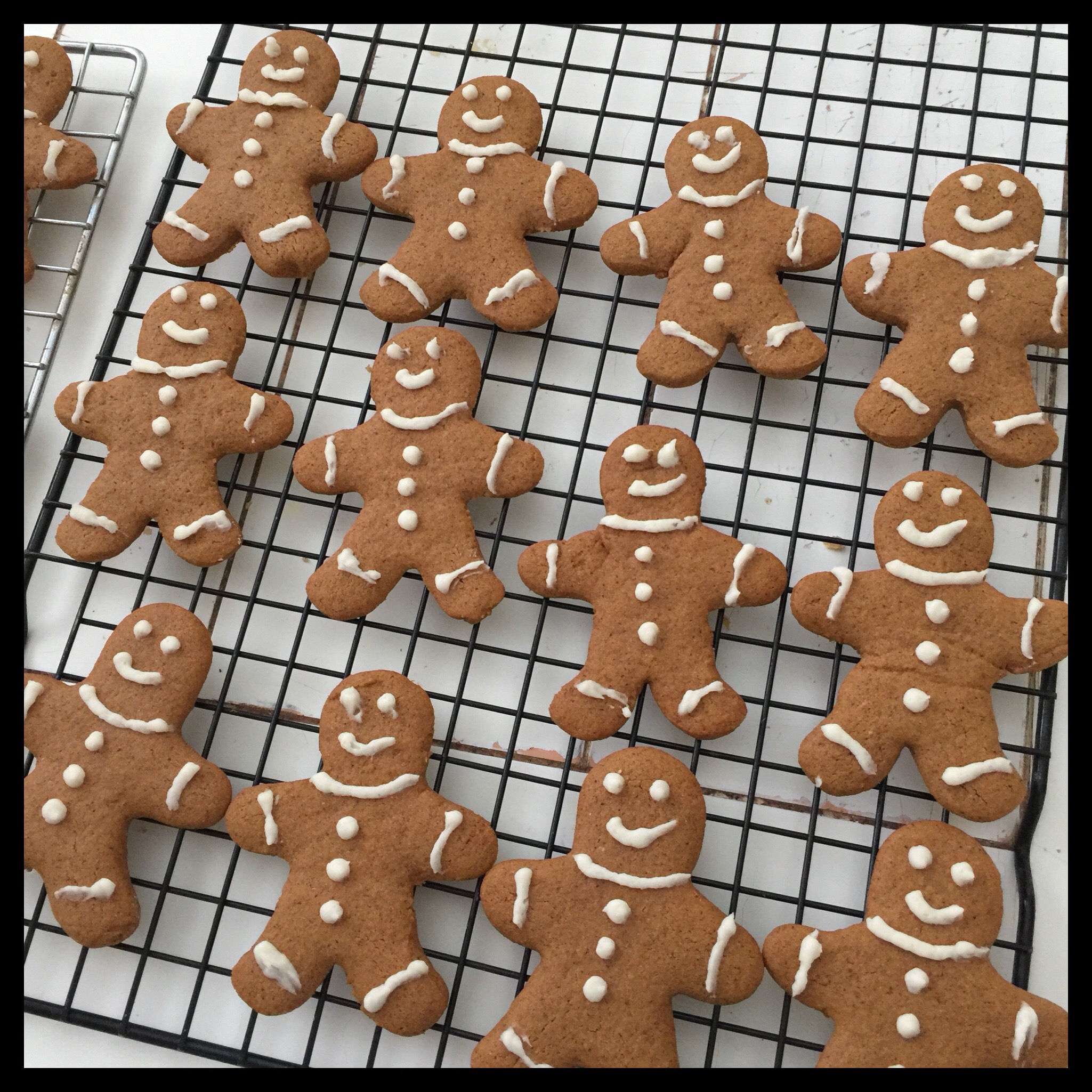
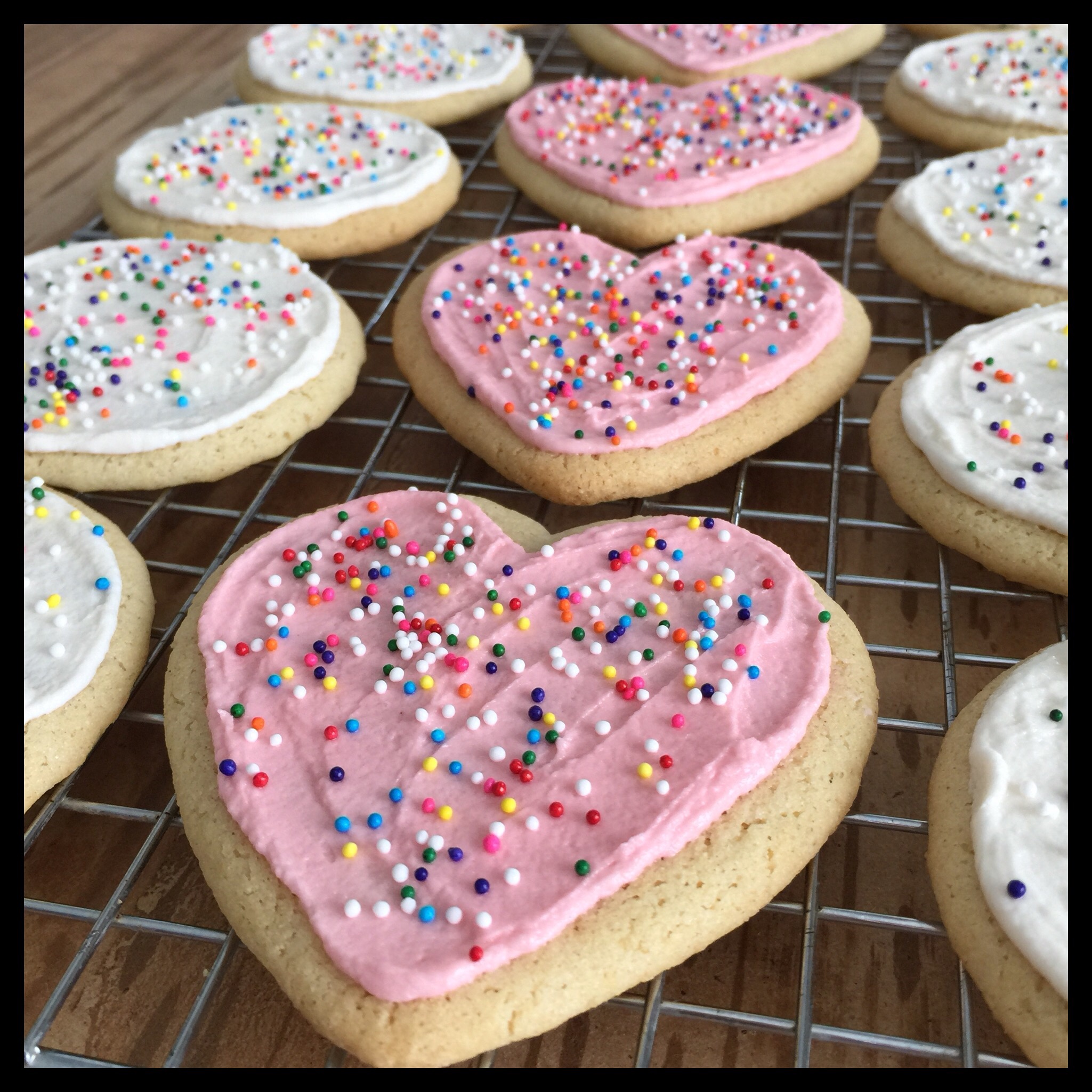
(Be sure to get sprinkles without confectioner’s glaze as it contains shellac from beetles.)
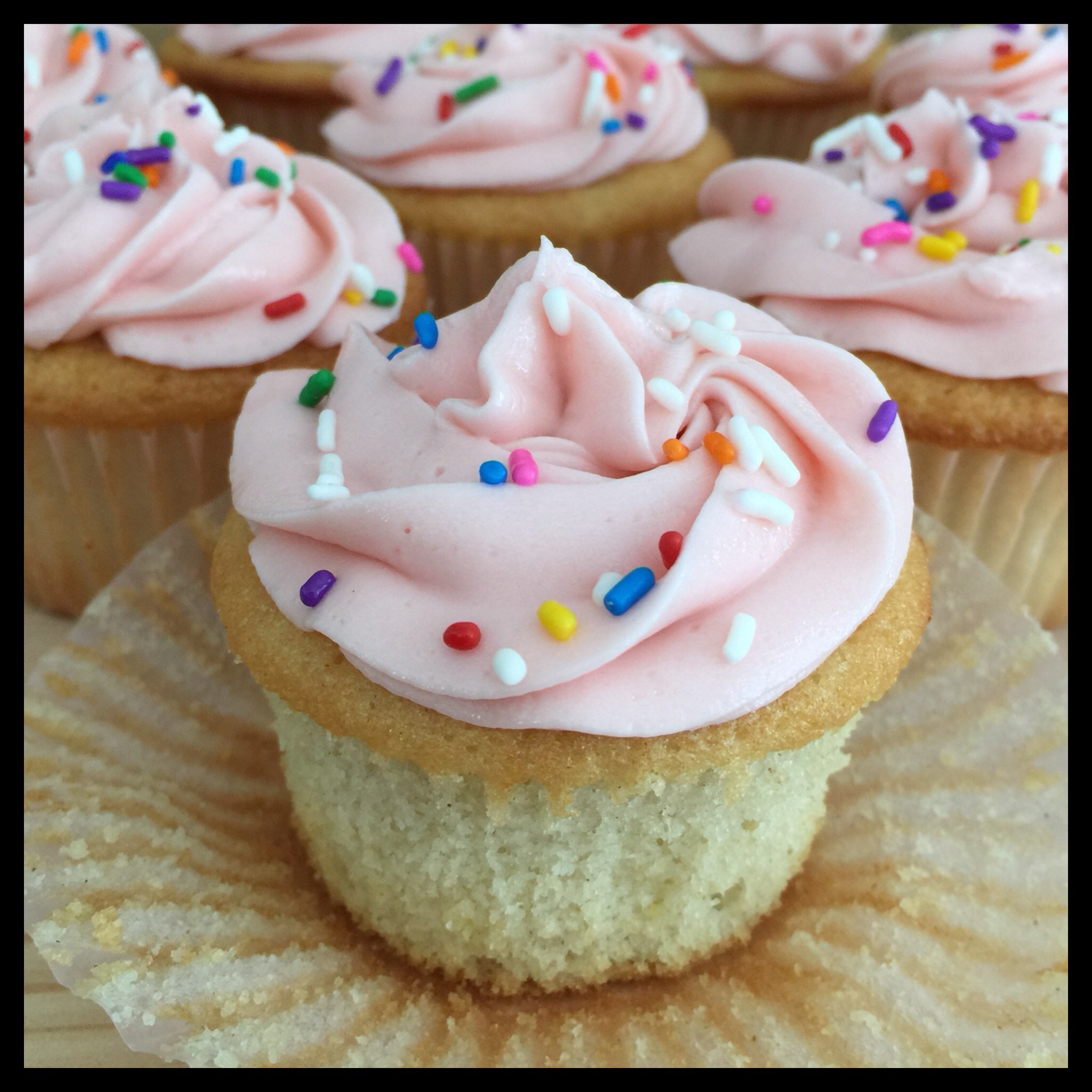
In case you are wondering, you cannot just add cocoa powder to this recipe to make chocolate frosting. There are some other differences, but I will post my chocolate buttercream recipe next!
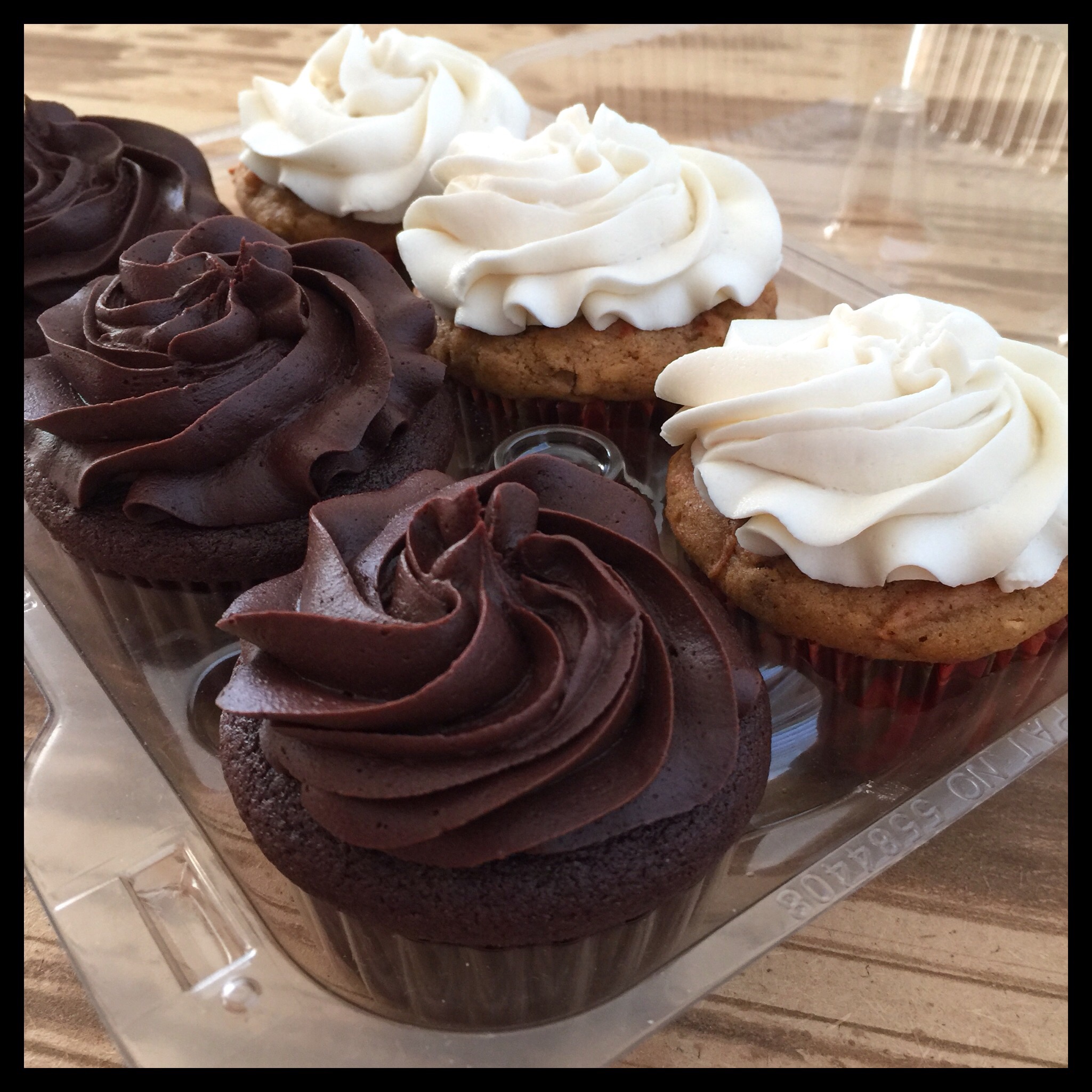
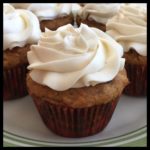
Vegan Vanilla Buttercream Frosting
This delicious vegan buttercream is fluffy, creamy, easy to use, and pipes beautifully!
Ingredients
- 112 g (1/2 c) Earth Balance Vegan Butter
- 96 g (1/2 c) Shortening
- 12.5 g (2 1/2 tsp) Vanilla Extract
- 0.6 g (1/8 tsp) Almond Extract
- 0.8 g (1/8 tsp) Salt
- 30 g (1/4 c) Coconut Milk (Light or Regular)
- 450 g (3 1/4 c) DIY Powdered Sugar (use 3 3/4 c of store-bought)
Instructions
-
If you are using vegan butter sticks, let them warm up to room temperature on the counter and do not try to soften them in the microwave. If you are using tub spread, skip this step and use it cold from the fridge.
-
Add the shortening to a large mixing bowl and beat on medium speed until it is smooth and fluffy. Any lumps left in now are likely to still be in the finished frosting.
-
Add the softened stick spread or cold tub spread, and beat again until light, fluffy, and free of any lumps.
-
Scrape down the bowl, add the vanilla and almond extracts, and beat again. The almond extract will not be noticeable but it gives the frosting an added depth of flavor that vanilla alone does not provide. The recipe calls for 12.5 g (2 1/2 tsp) of vanilla for the best flavor without making the frosting too dark. If you need your frosting to be lighter, reduce the vanilla to 10 g (2 tsp). If you want optimal flavor and don’t care if your frosting is a little darker, increase the vanilla to 15 g (1 TBS).
-
Scrape down the bowl again, then add the salt and 1/3 of the powdered sugar. Beat to mix in the powdered sugar.
-
Add half of the remaining powdered sugar and 1/3 of the light coconut milk. You can use another plant milk, but light or regular coconut milk gives the buttercream a very nice and creamy texture without adding any color. Mix again.
-
Scrape the sides and the bottom of the bowl really well to remove any hint of fat from the bowl. This step prevents streaks in your frosting later. Either switch to a clean spatula or wash and dry the used one.
-
Add the rest of the powdered sugar and half of the remaining milk. Beat again. Check the consistency of your buttercream. If it is the spreading consistency that you want, do not add any more milk. If it is too thick (as it most likely will be), add a little more milk to get it the way you want it to be. I almost always use the full amount of milk and sometimes need a bit more. Only add 1/2 tsp more at a time when it is getting close. Also, remember that you will be adding a little more liquid later if you are tinting your frosting. Beat again, then scrape the bowl.
-
Next, whip the buttercream on high speed for two to three minutes until it has lightened and become very light and fluffy. Scrape down the bowl again. Your buttercream is done and you can use it immediately. (This is when you will add food coloring if you are tinting your frosting.)
-
Cover any unused frosting tightly with plastic wrap and store in the fridge for up to a week or freeze for up to two months. To use later, allow the buttercream to come to nearly room temperature, then beat it again to fluff it up.
Recipe Notes
- Using half shortening and half vegan butter gives the best texture without compromising the flavor. Buttercream with all shortening has a greasy texture and doesn’t taste as nice. Buttercream with all vegan butter will not be stable at temperatures above 73 degrees, especially if you use spread from a tub and not the sticks. For the best results, use half Earth Balance Buttery Sticks and half shortening. Next best is all Buttery Sticks, and then all Buttery Spread. I do not recommend all shortening unless you need the frosting to be stable above 76 degrees. Earth Balance Buttery Sticks come in both original and soy free versions and both work well.
- If you are using all vegan butter and no shortening, increase the butter to 226 g. That is two sticks or one cup. Also, decrease the salt to 0.4 g (1/16 tsp).
- If you are using all shortening and no vegan butter, increase the shortening to 192 g (1 c). Also, increase the salt to 1.6 g (1/4 tsp), increase the vanilla to 15 g (1 TBS), increase the almond to 1.3 g (1/4 tsp), and increase the coconut milk to 45 g (3 TBS).
- I prefer using a mixing bowl and a hand mixer for this recipe. A stand mixer is more convenient only if you are doubling the recipe, but it isn’t necessary even then. One batch is enough to frost 24 cupcakes or one 8″ double-layer cake without extra piping for decoration. If you are adding decorative piping to a cake or piping large frosting swirls on your cupcakes, make one and a half or two batches.
- I use my DIY powdered sugar (because most vegan powdered sugar is very expensive to buy), but the finished frosting is not quite as white as it would be with store-bought powdered sugar.
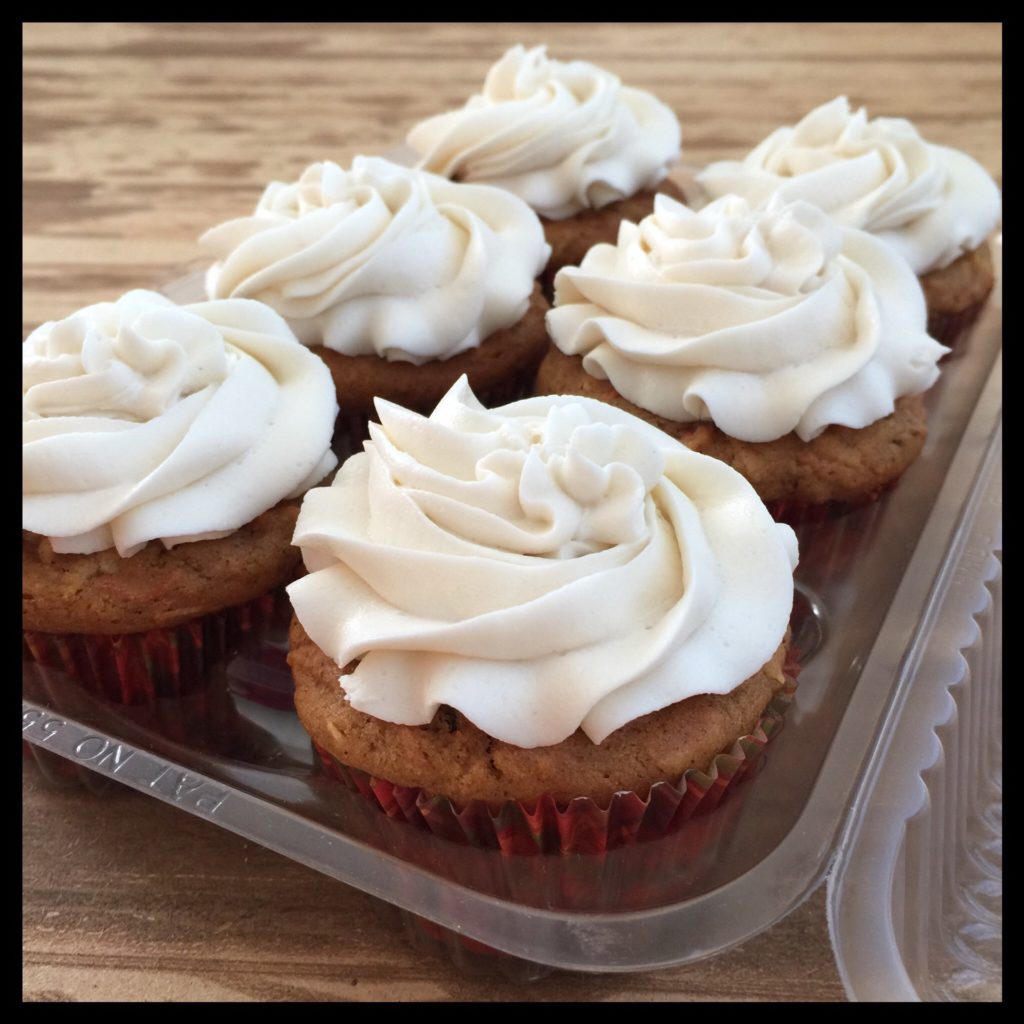
Perfect frosting! I have been using another frosting recipe which was okay, but by using your maticulous detailed instructions the frosting was great. Its beautiful and easy to work with. It was delicious on a vegan chocolate cake I made. Thank you!
Thank you for the wonderful feedback, Julie! It is so nice to hear that my recipe worked really well for you!